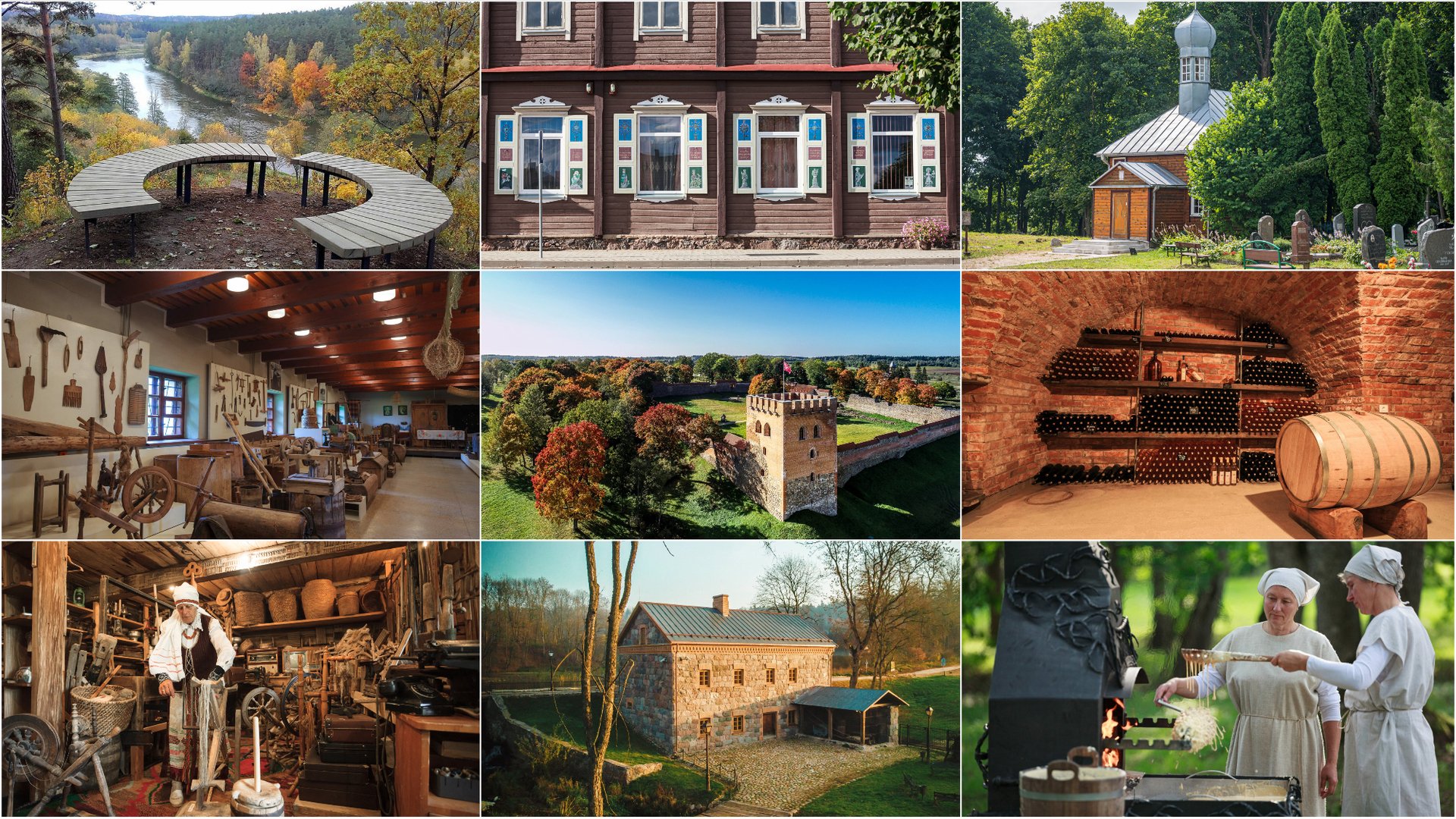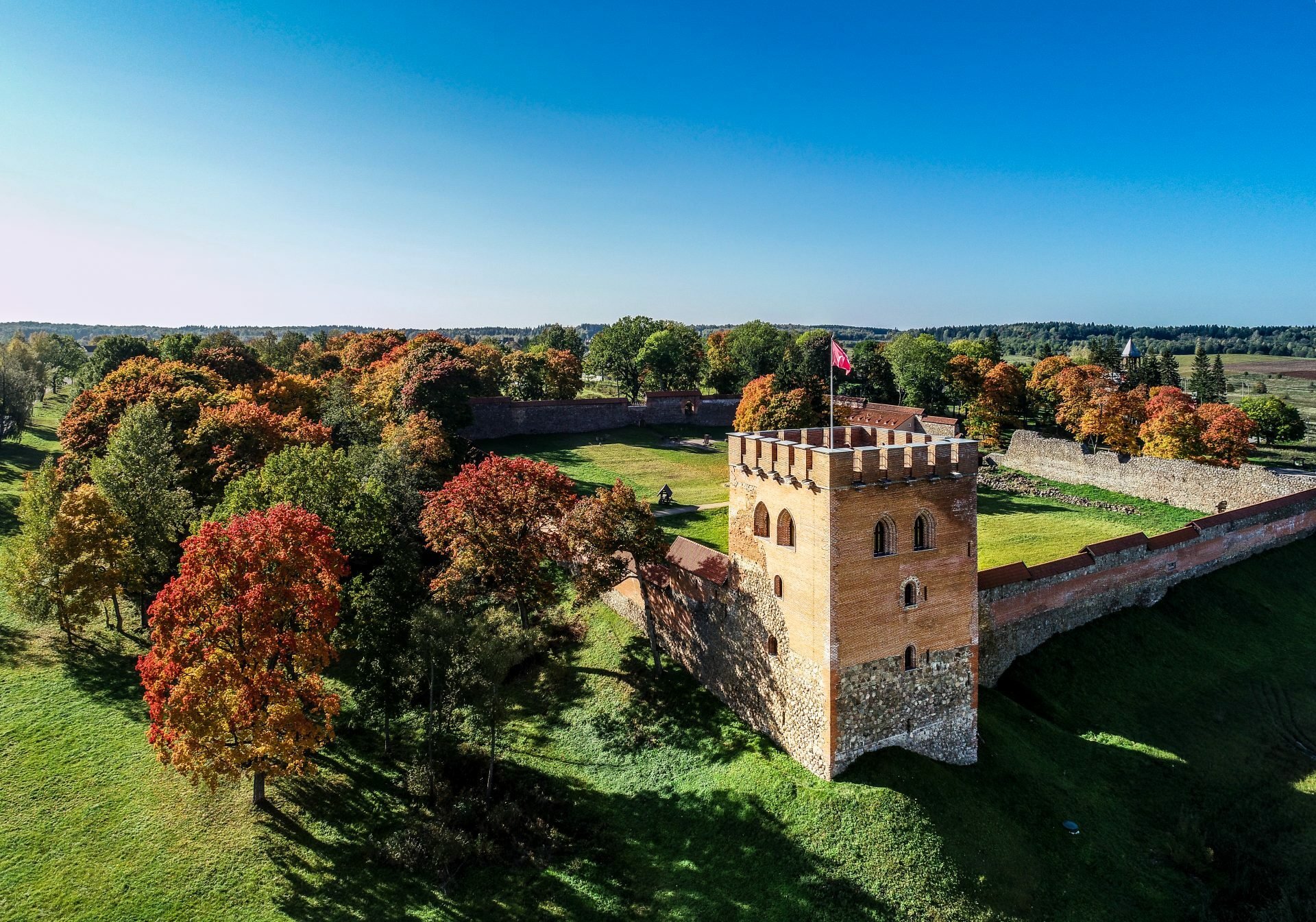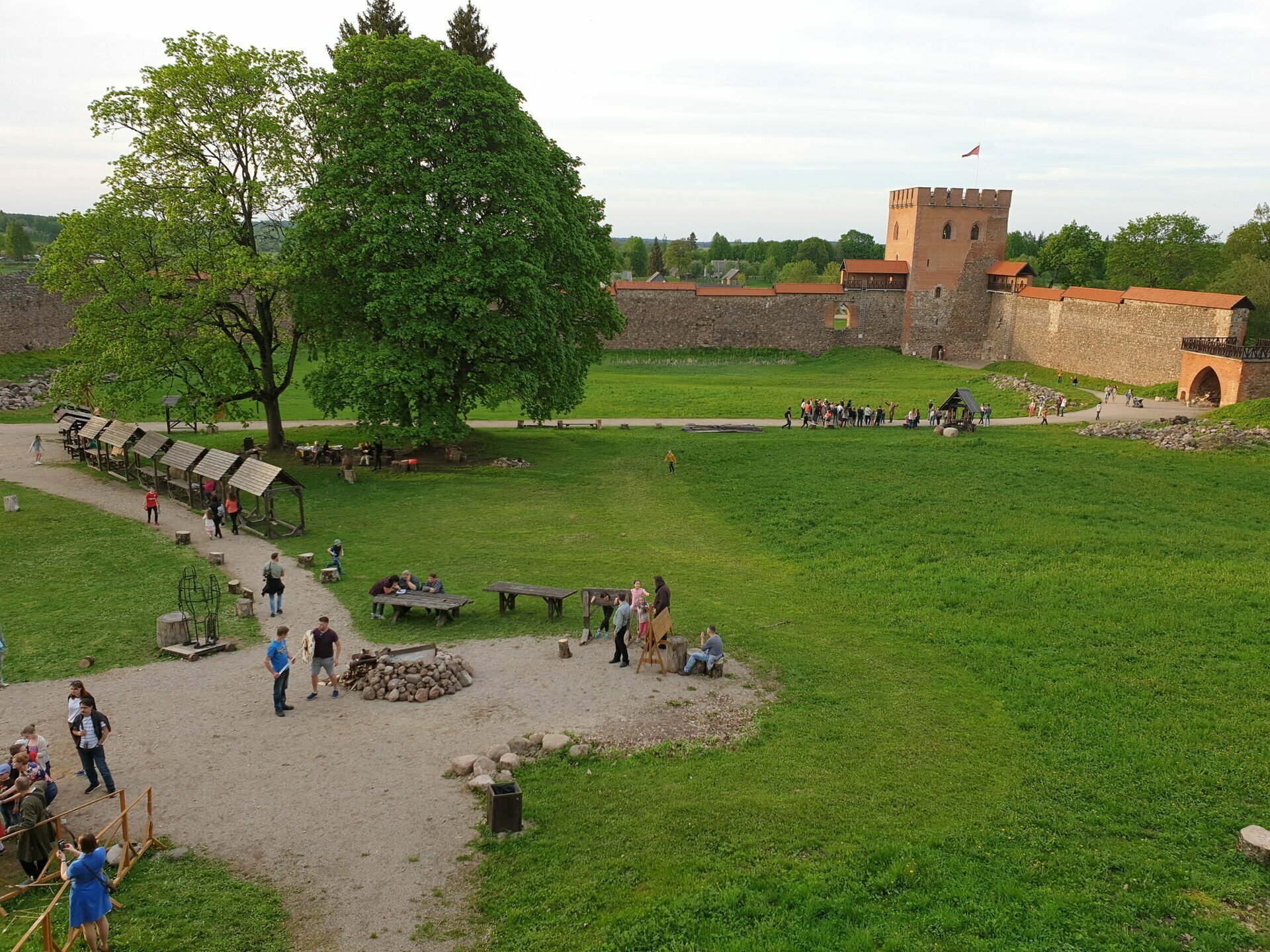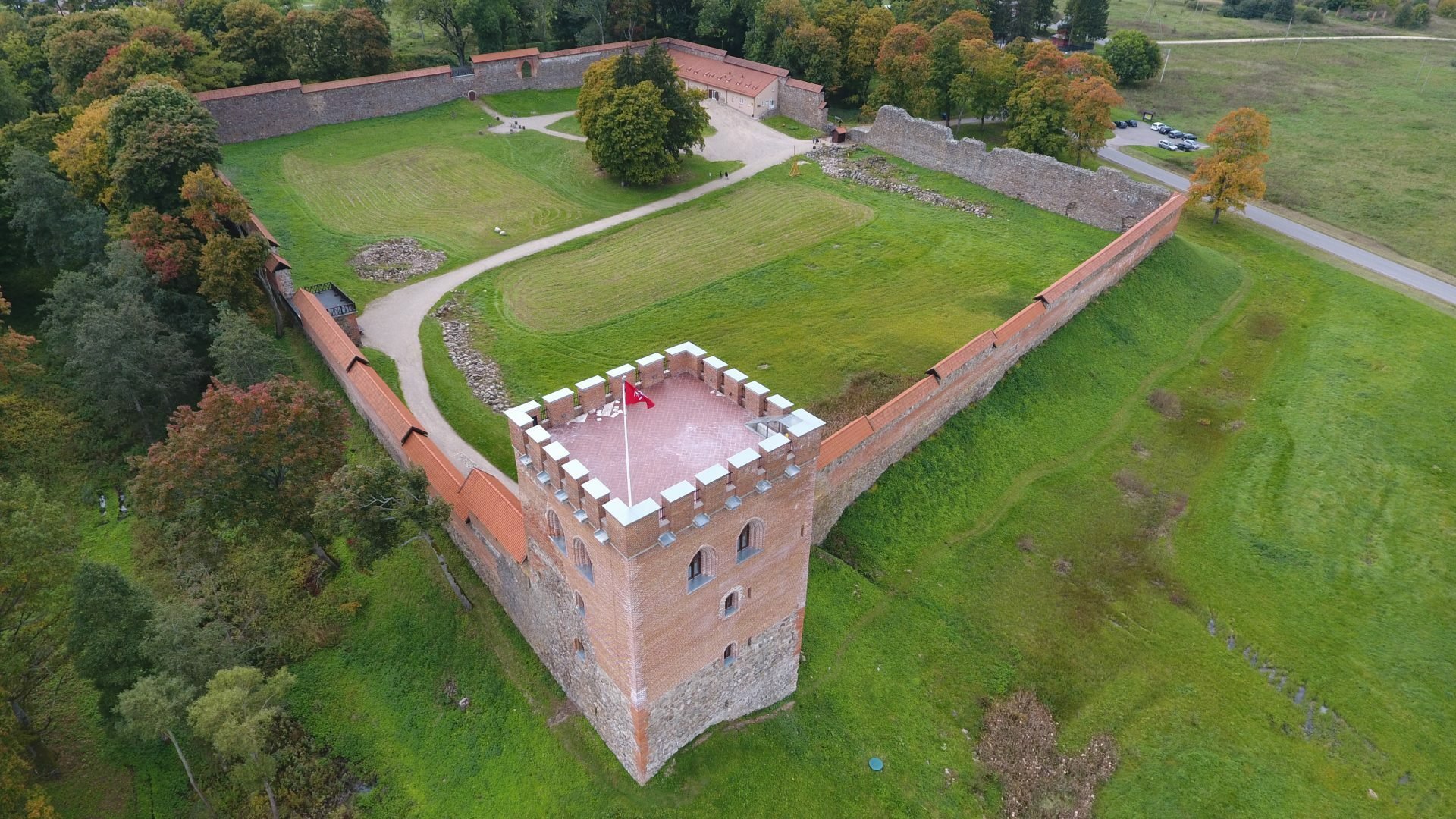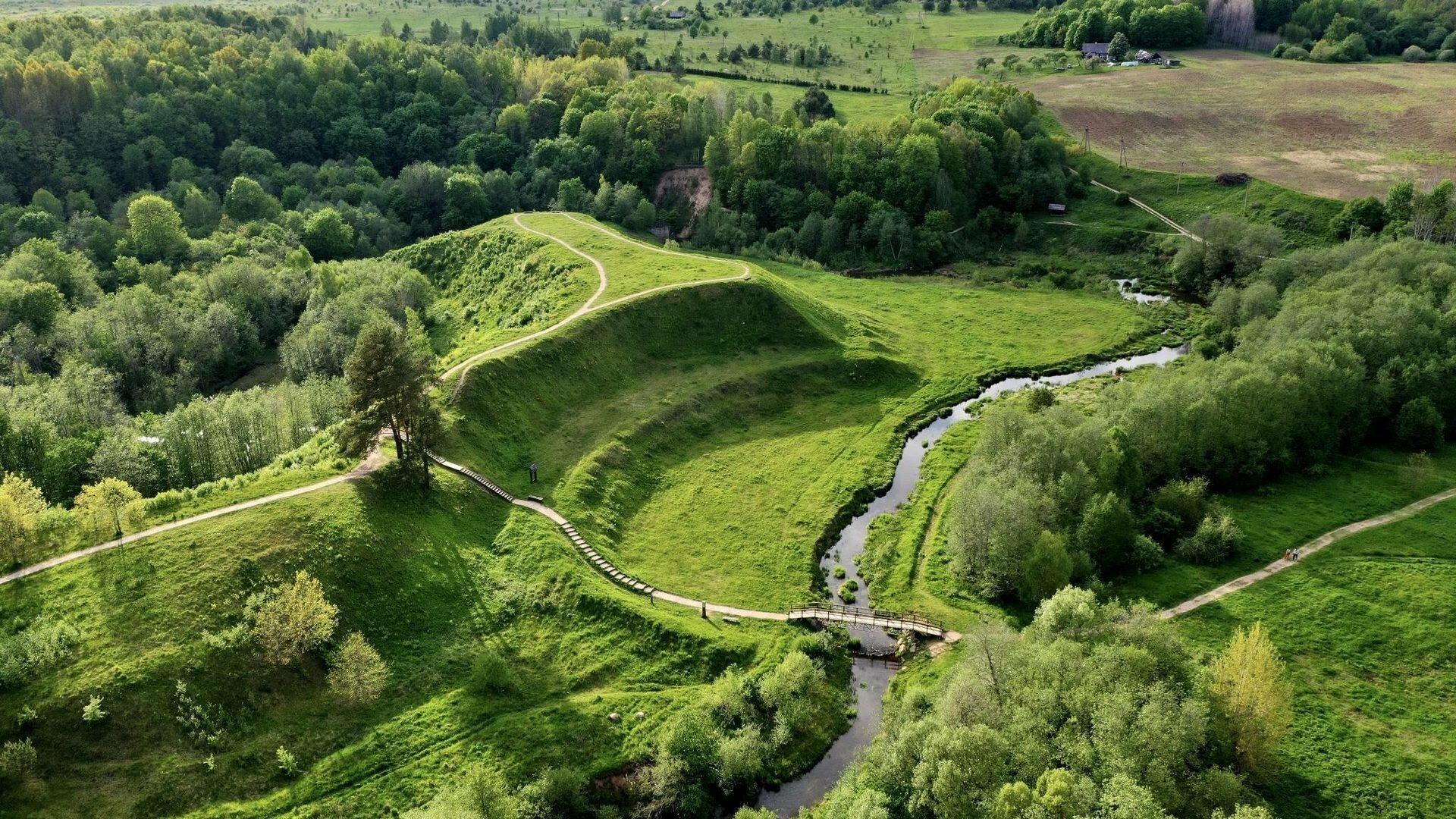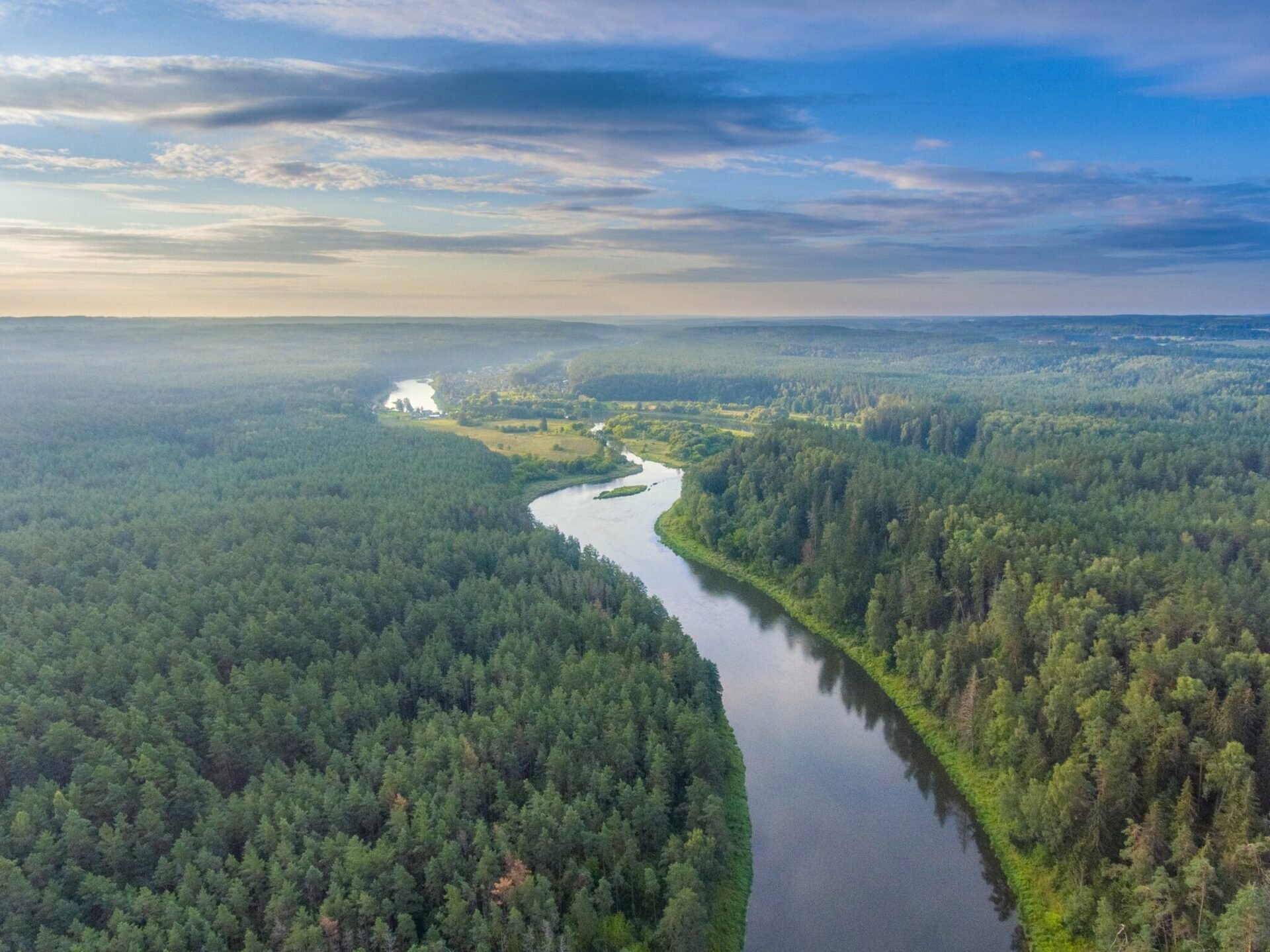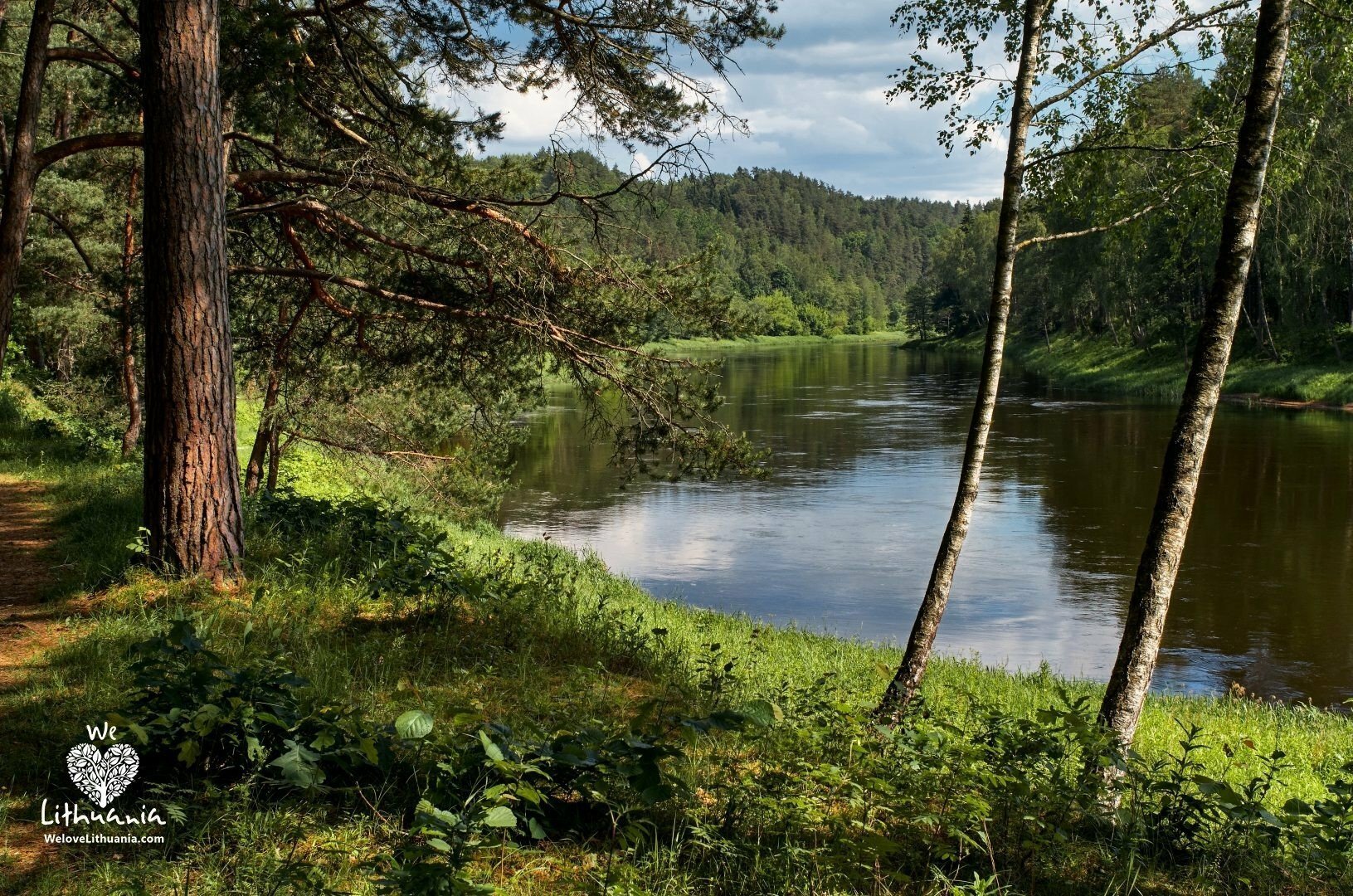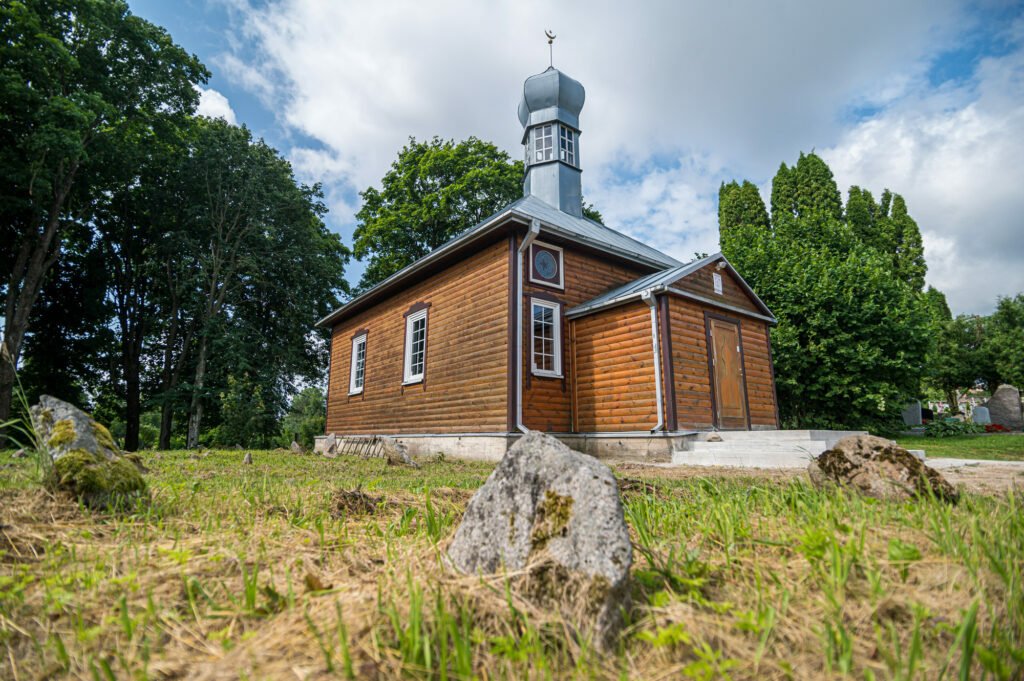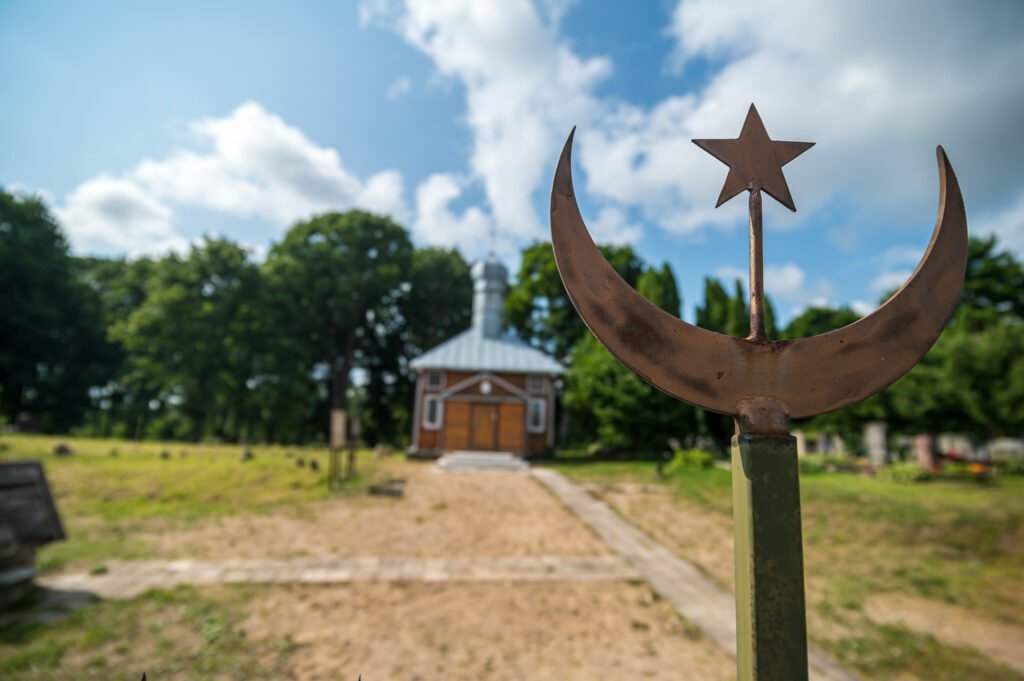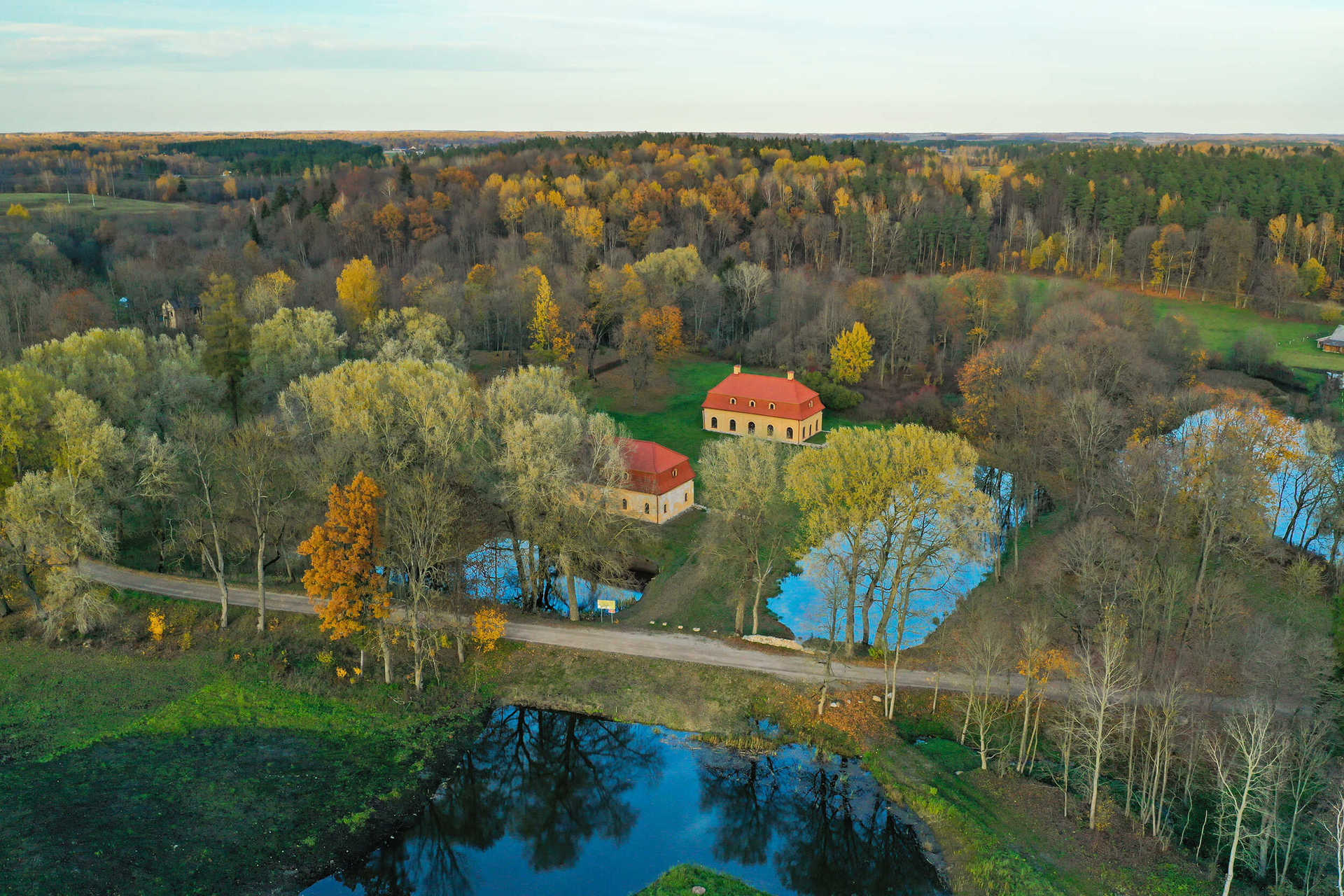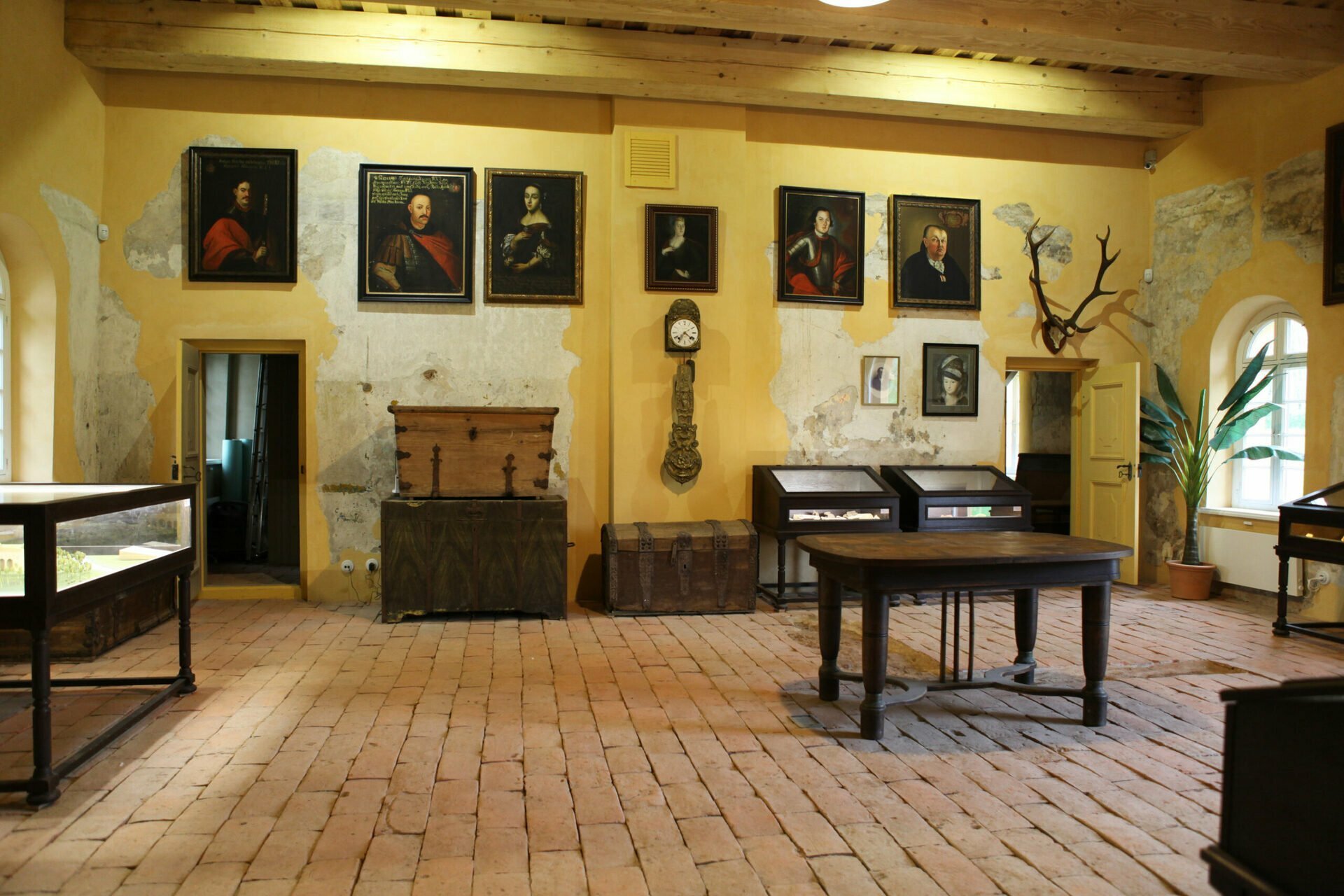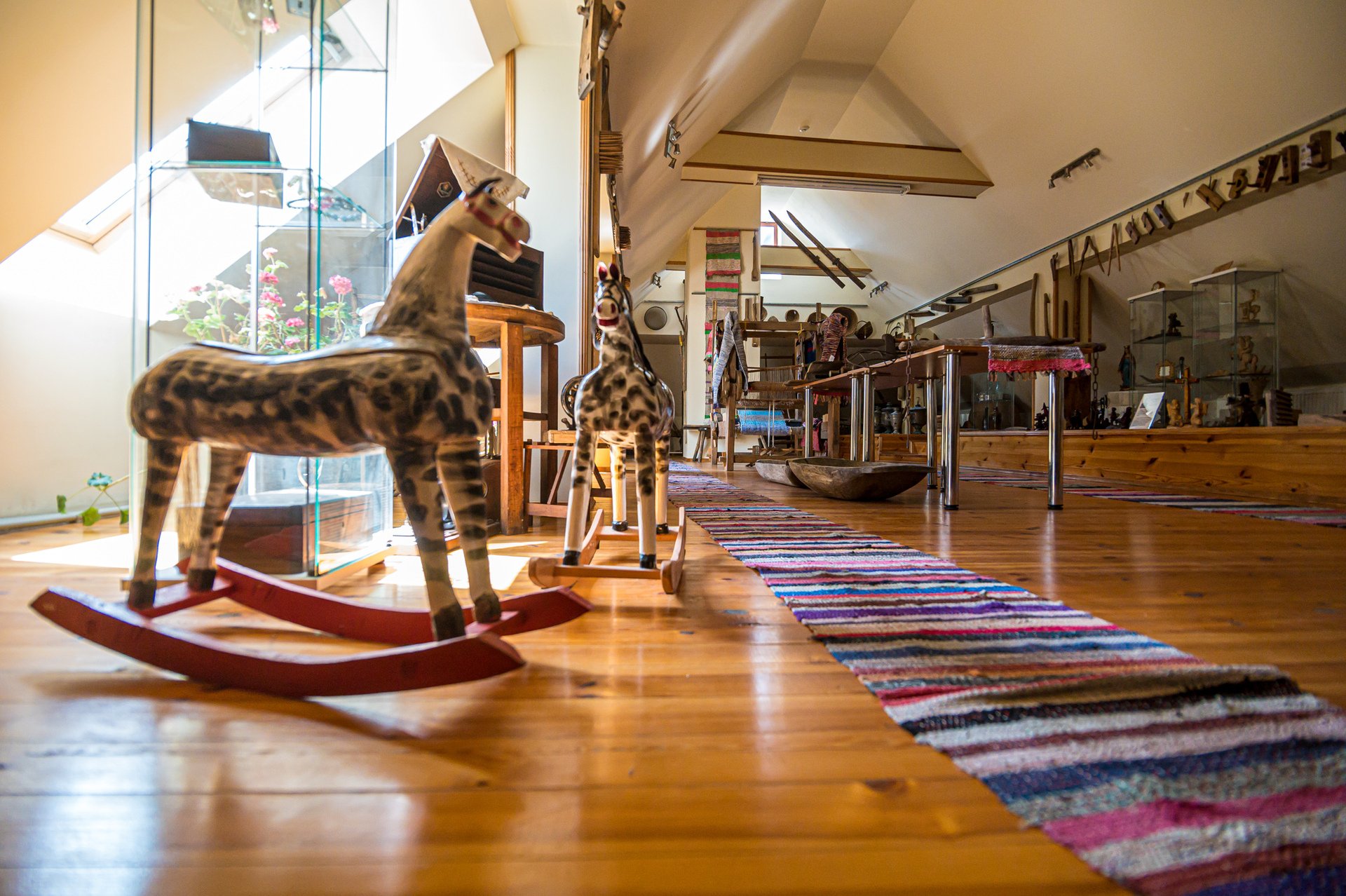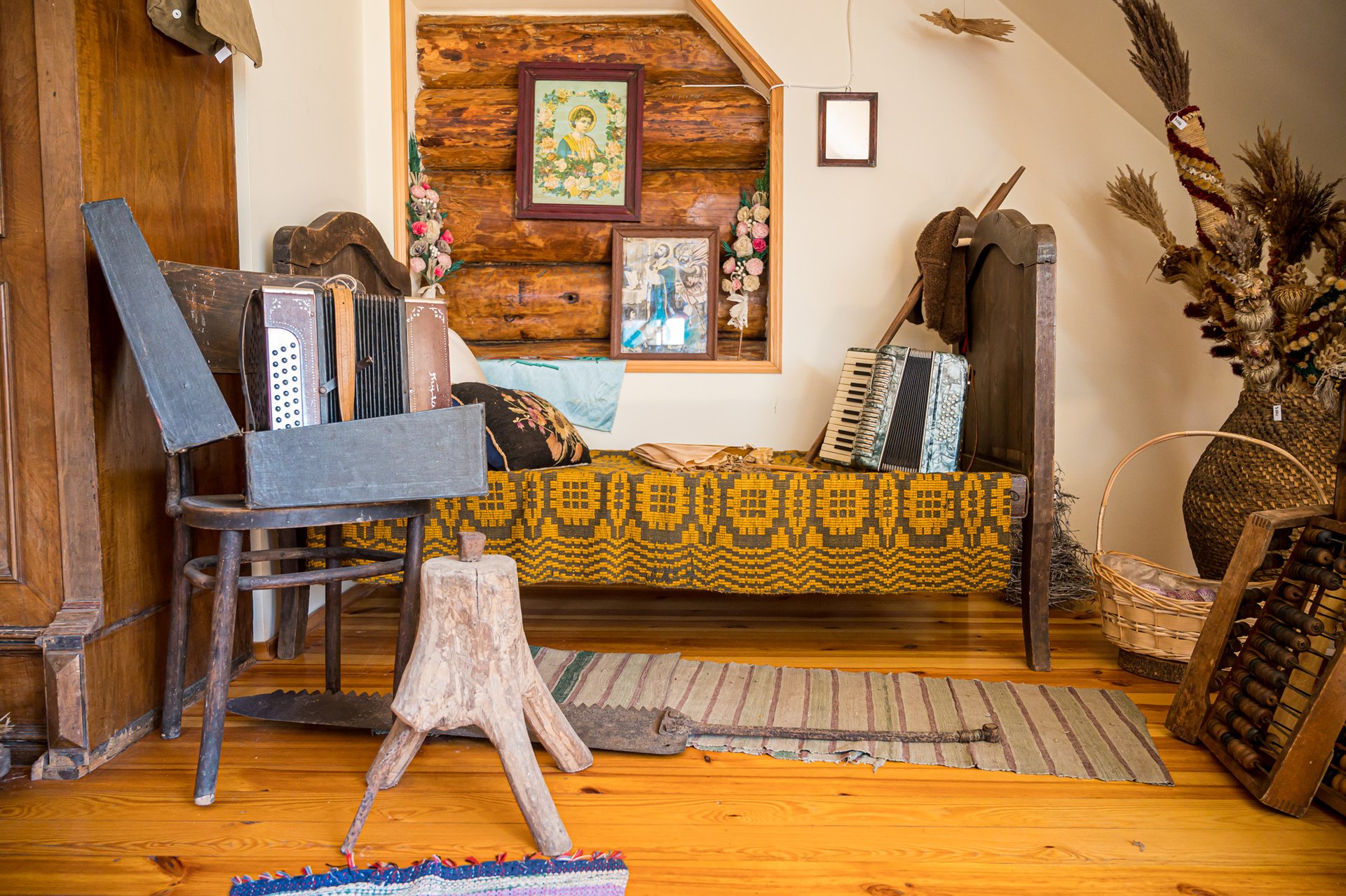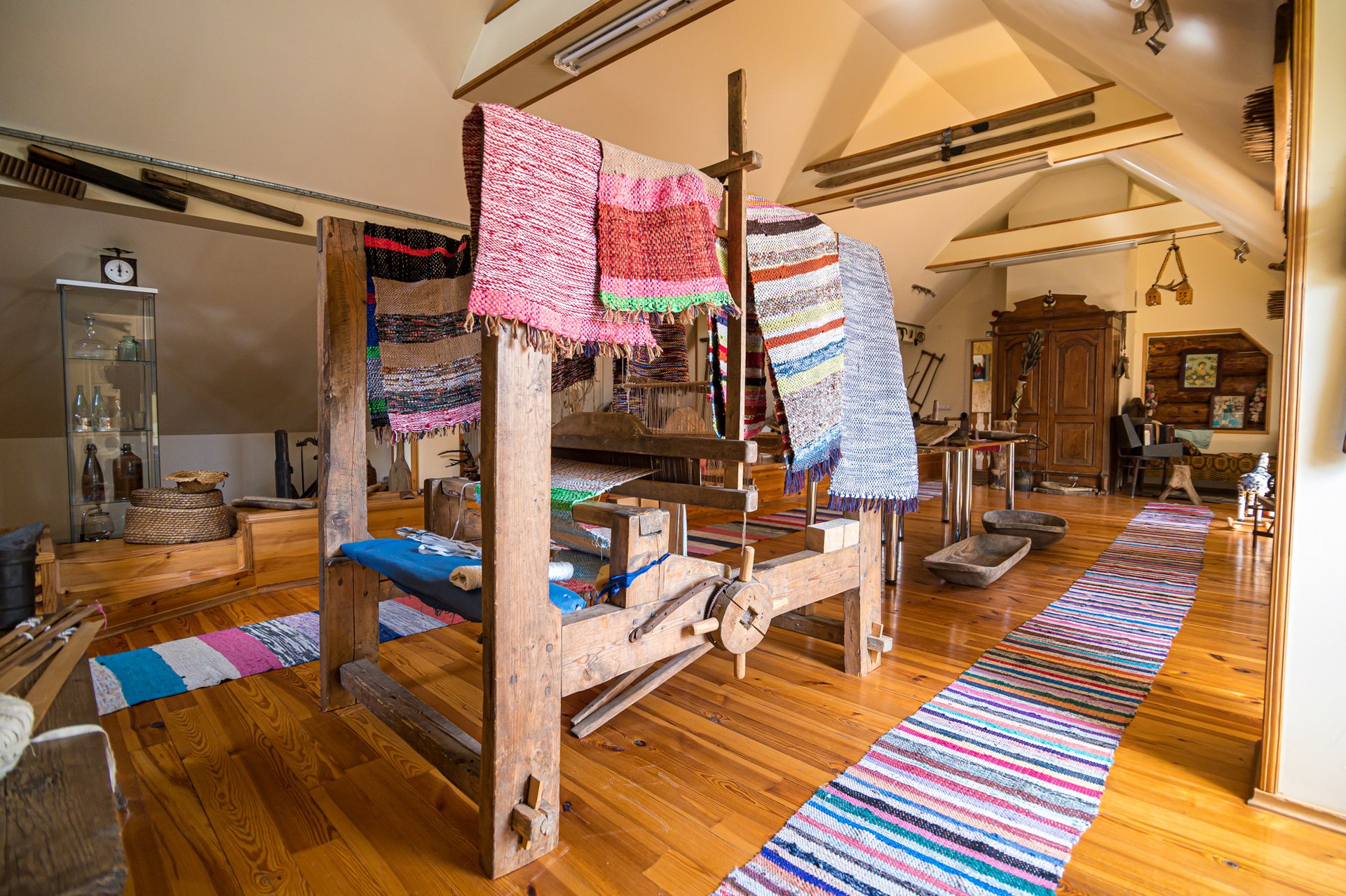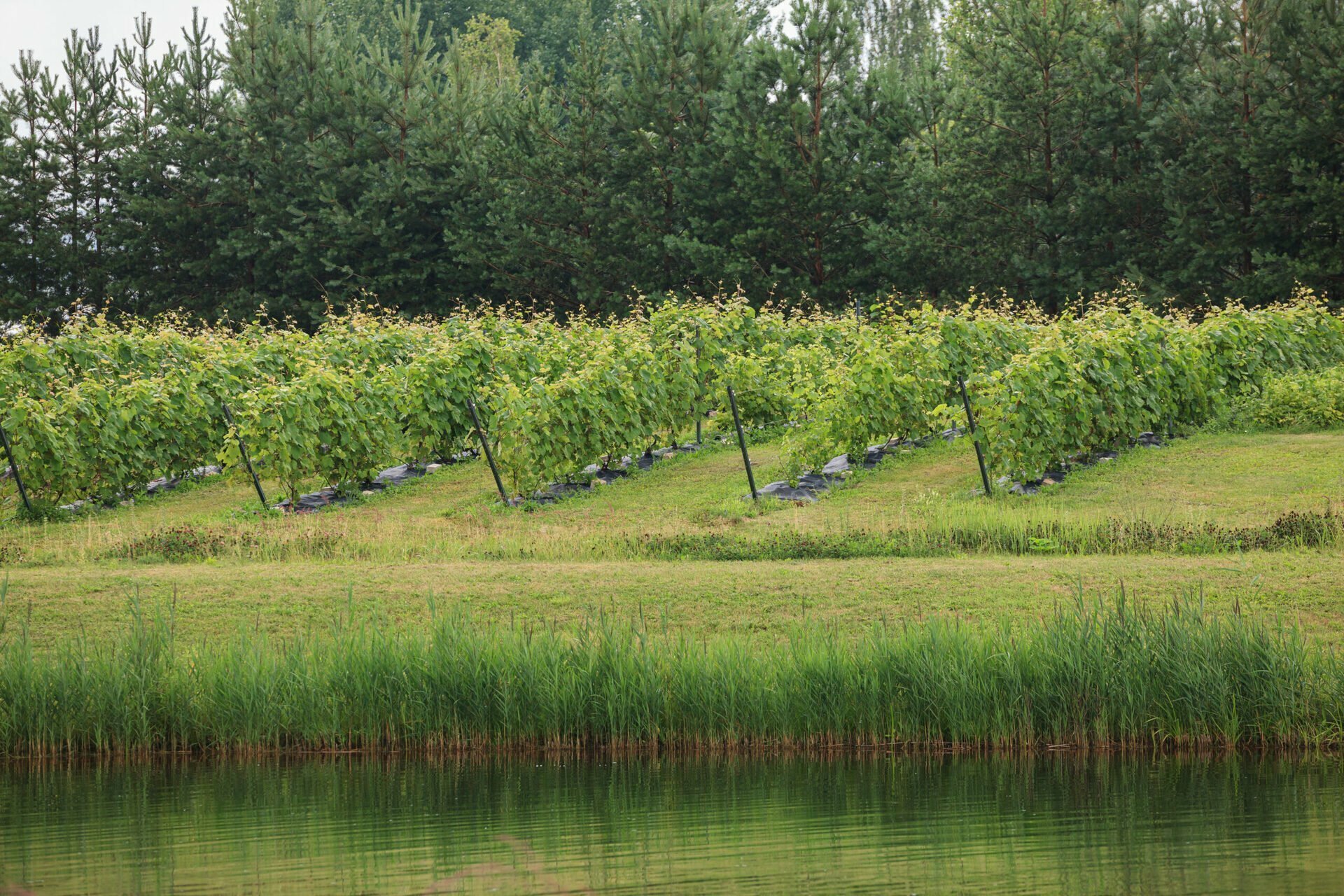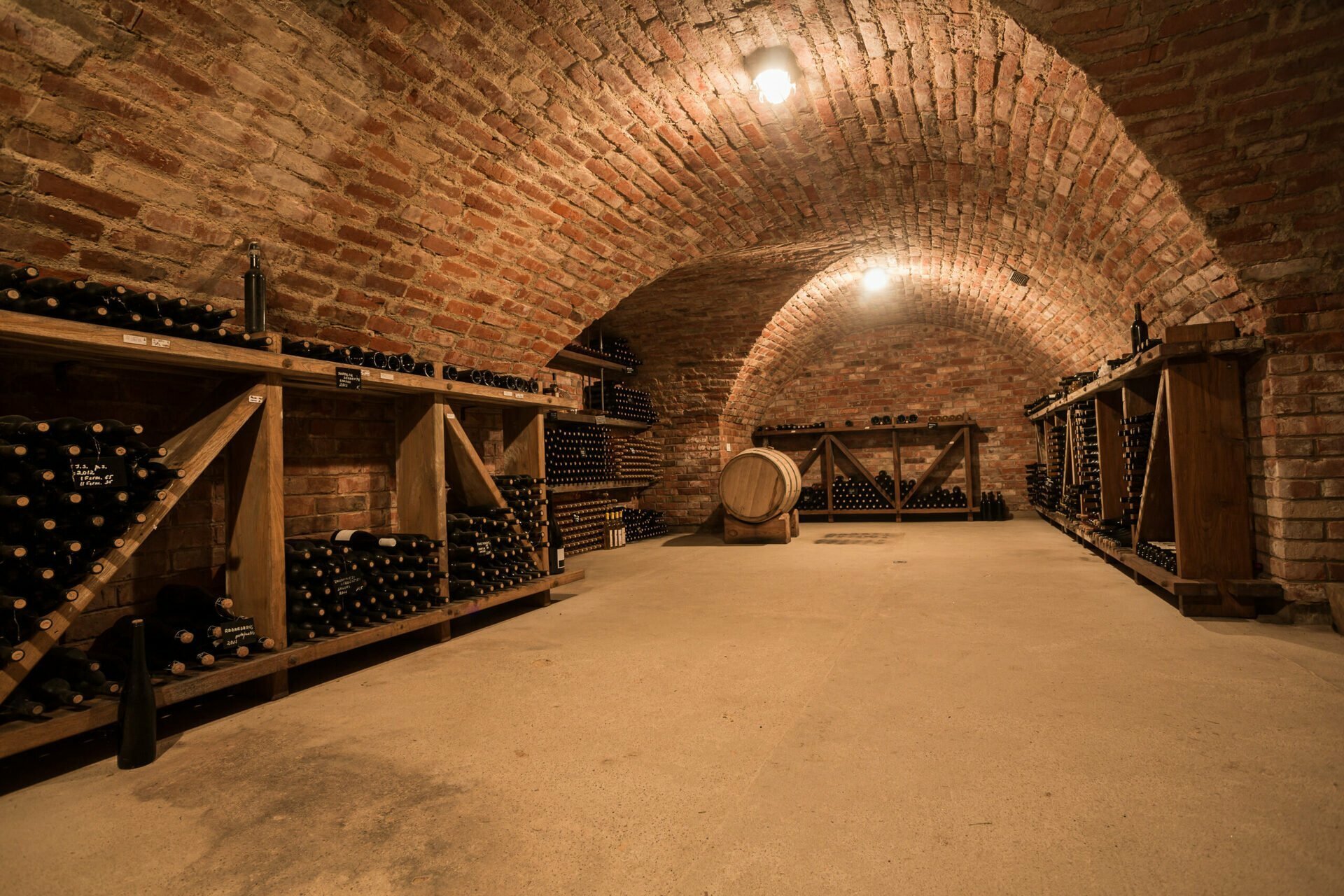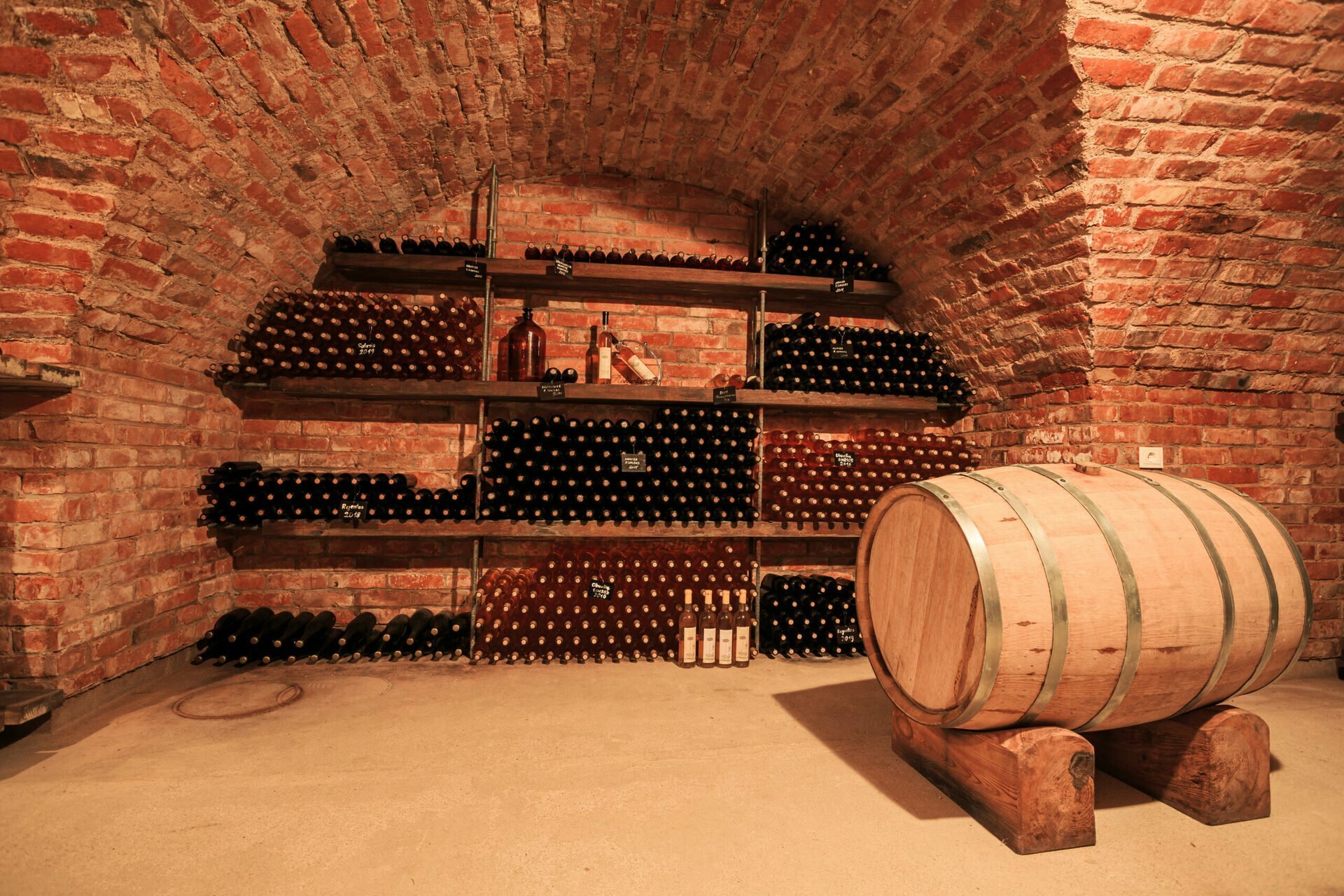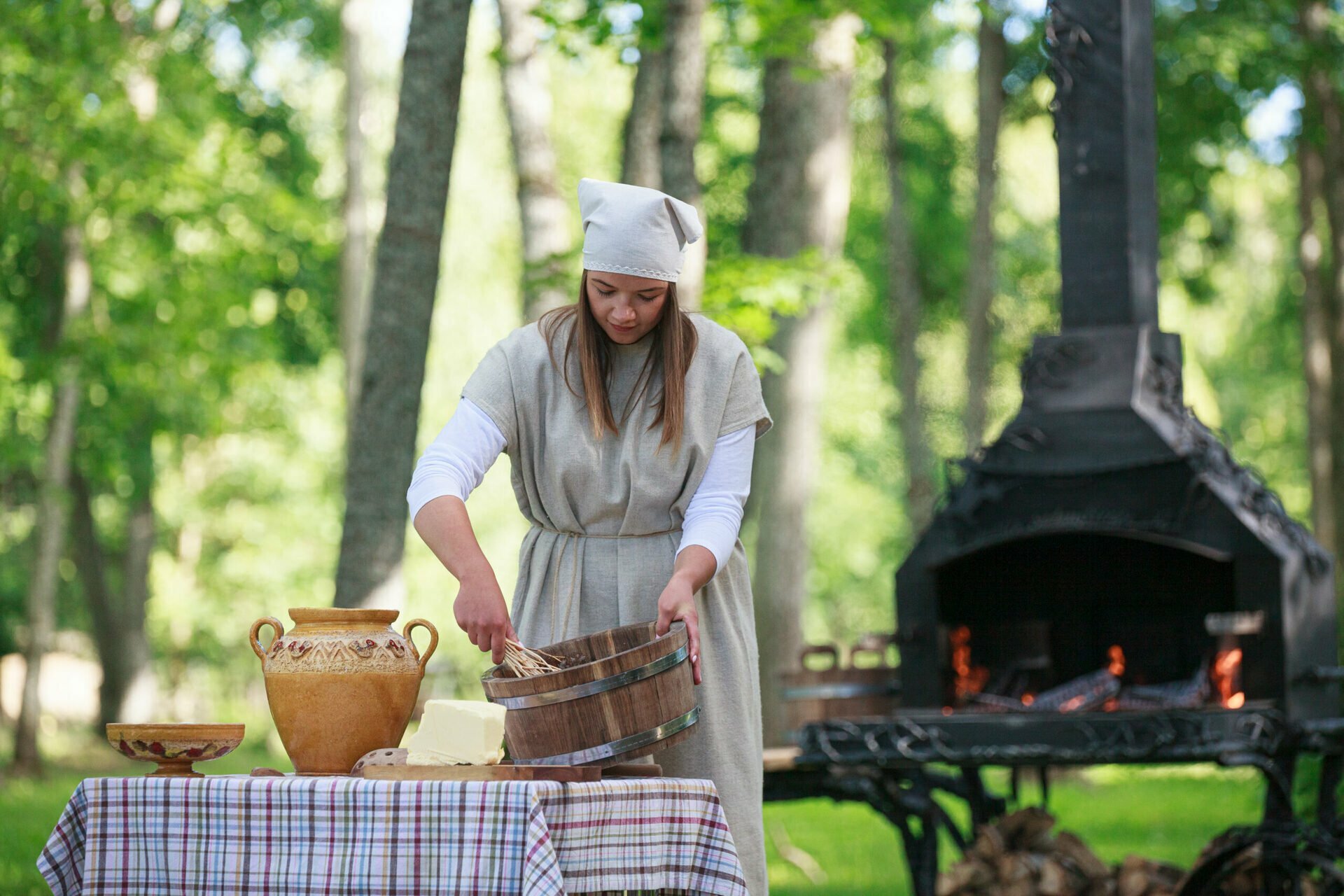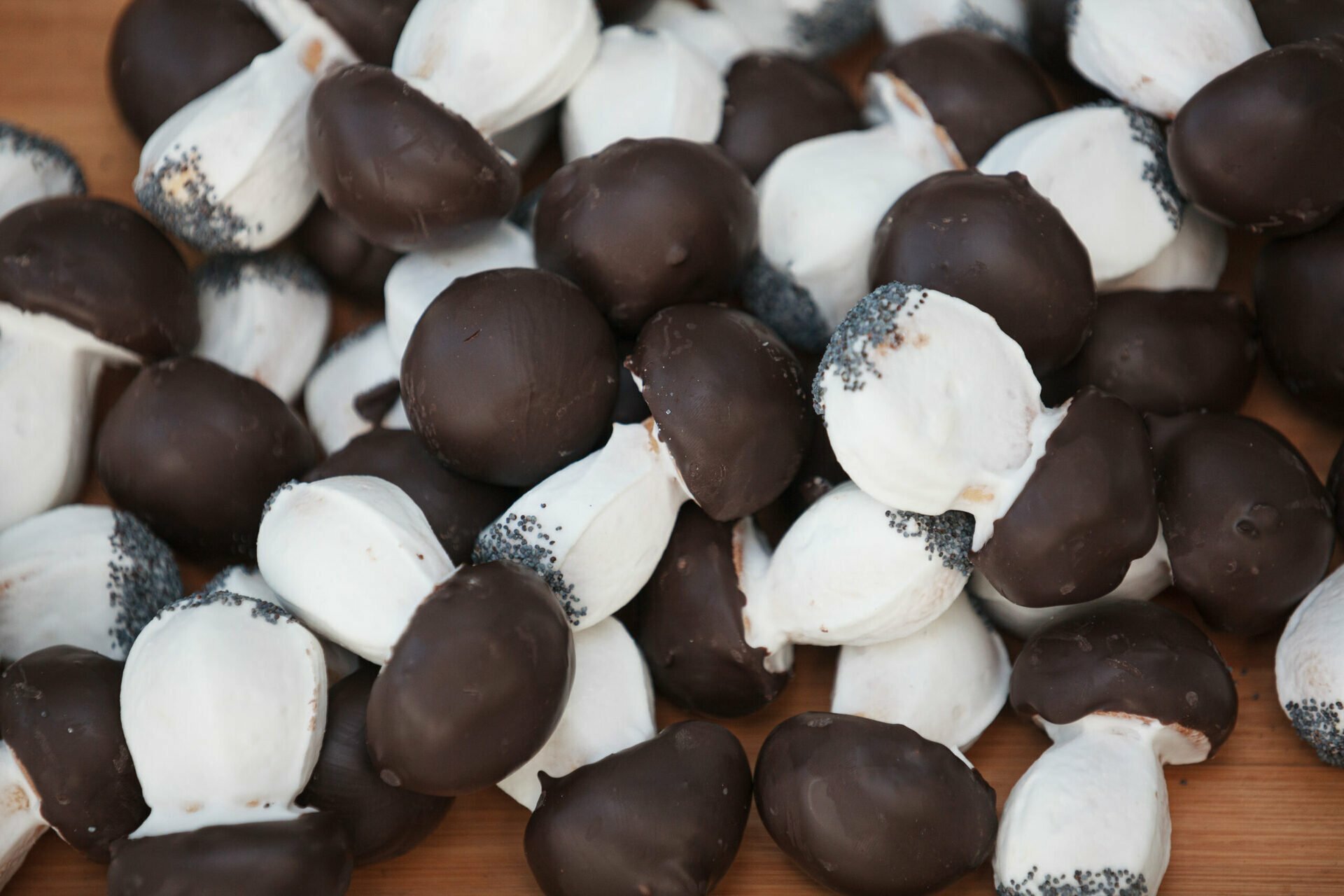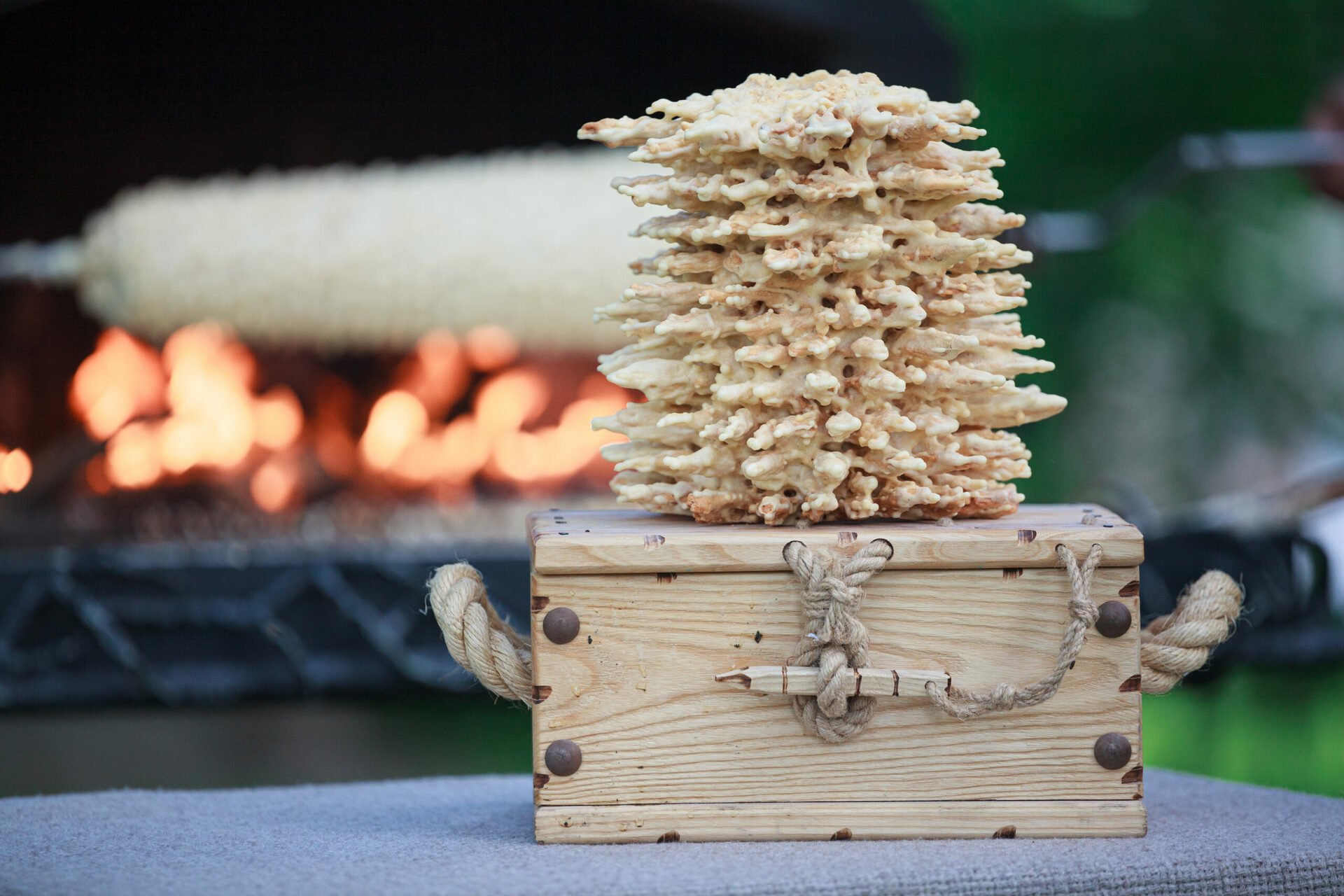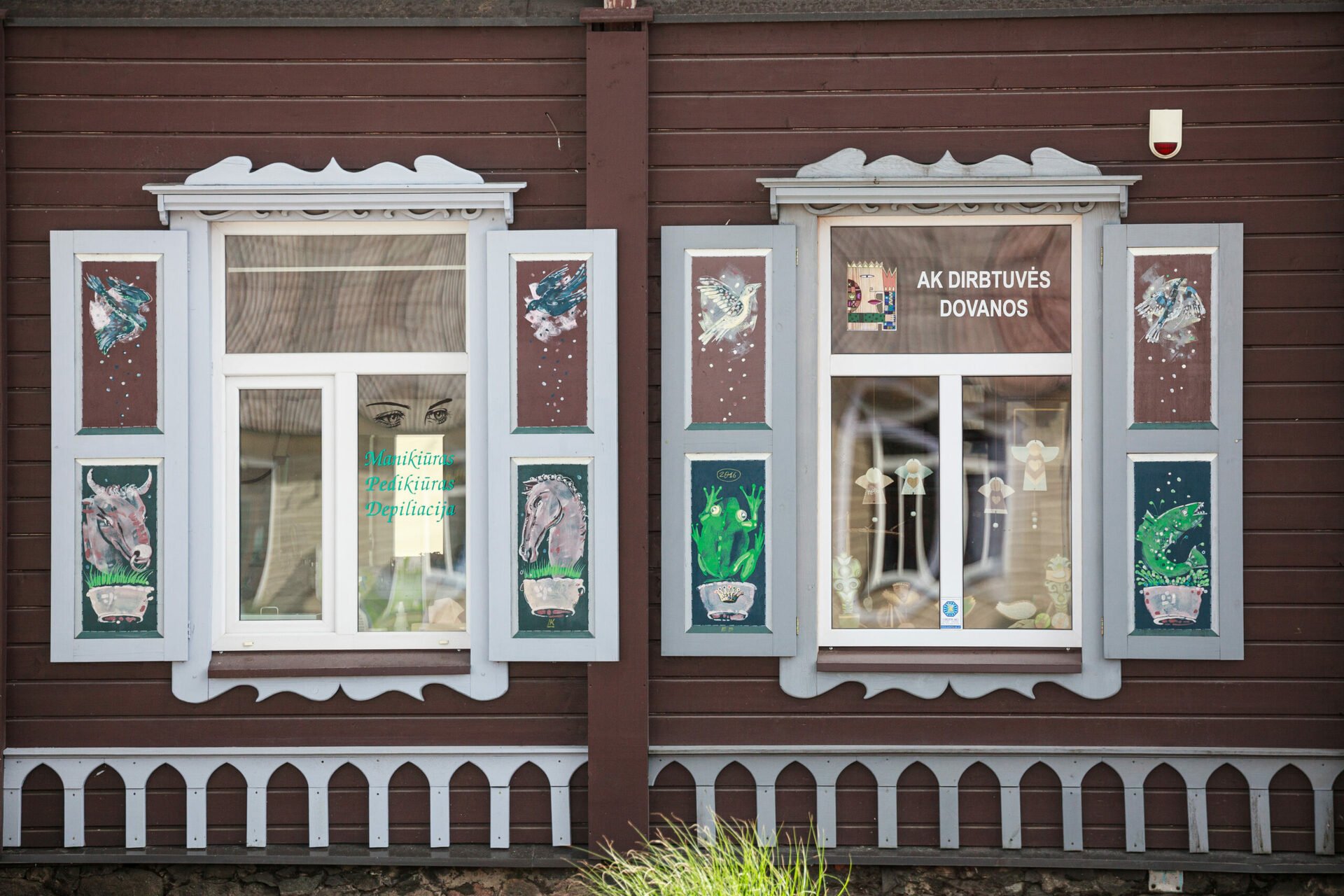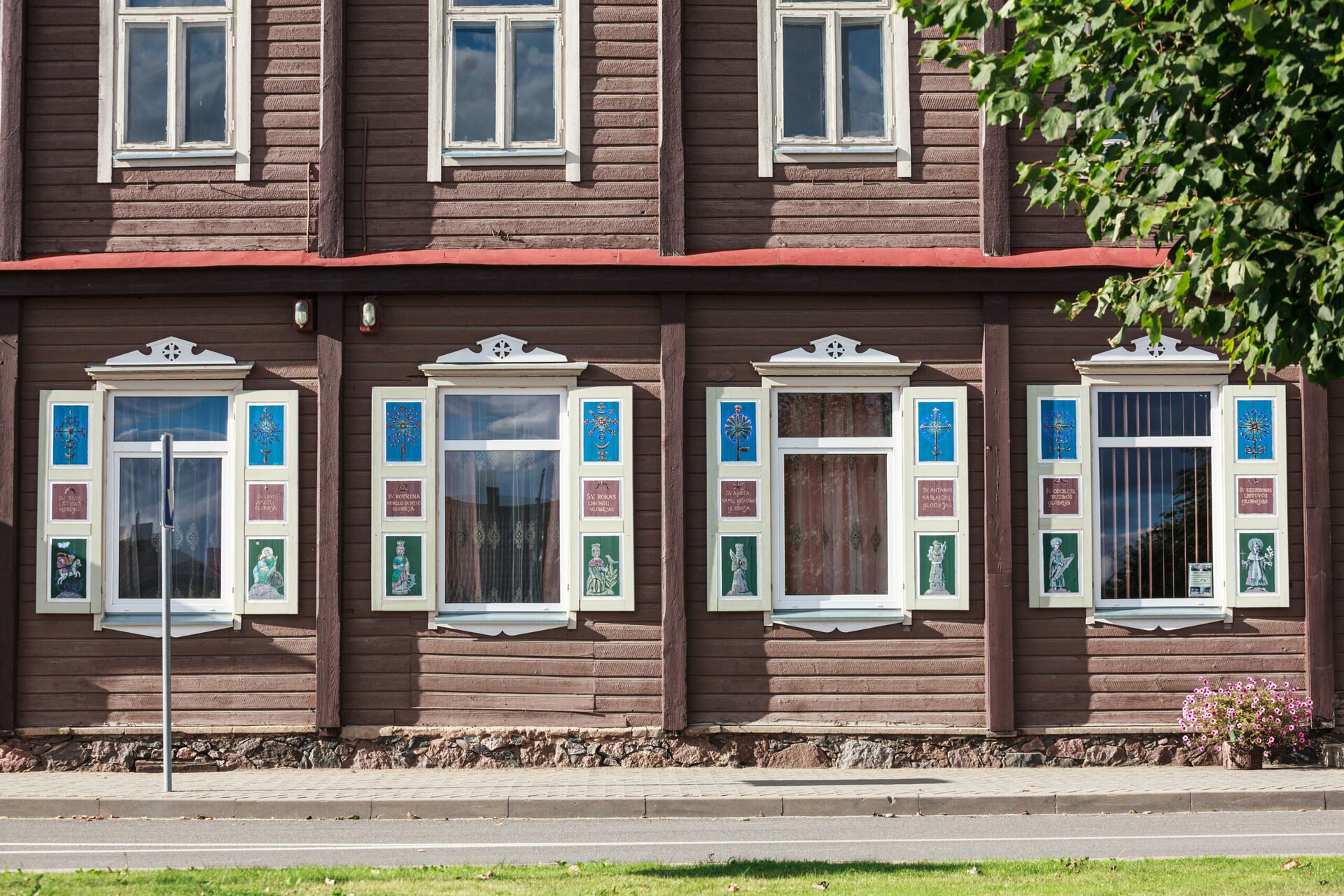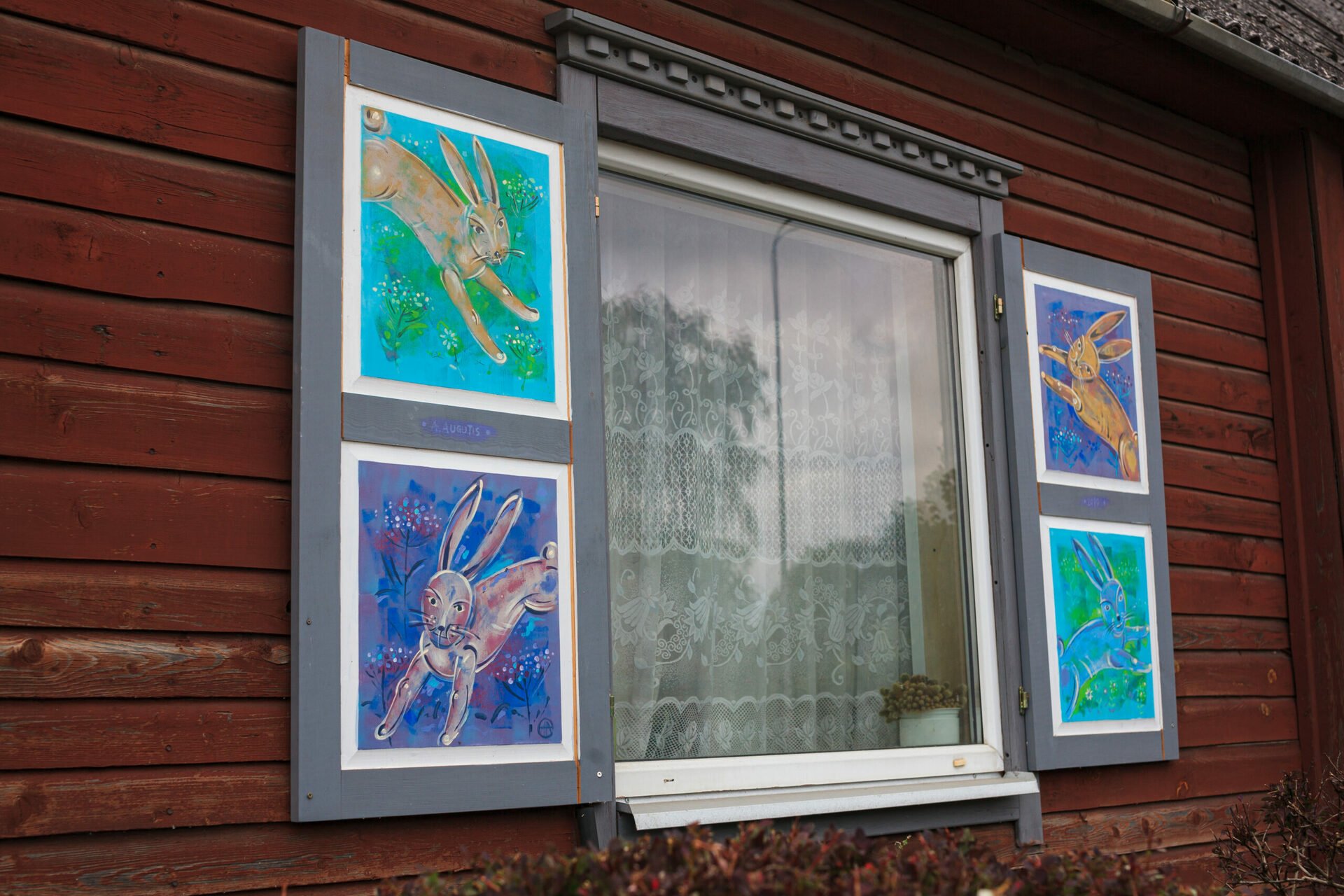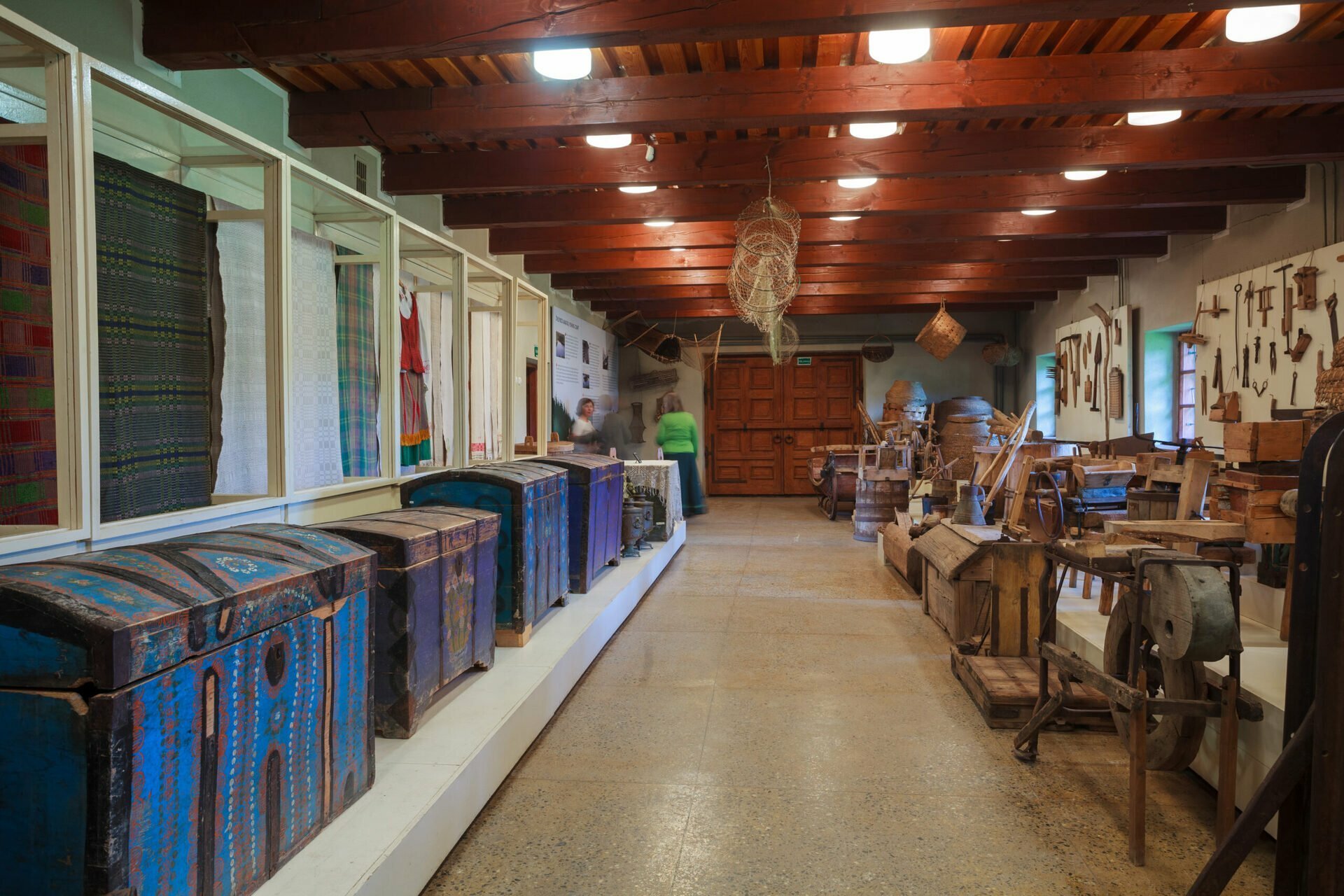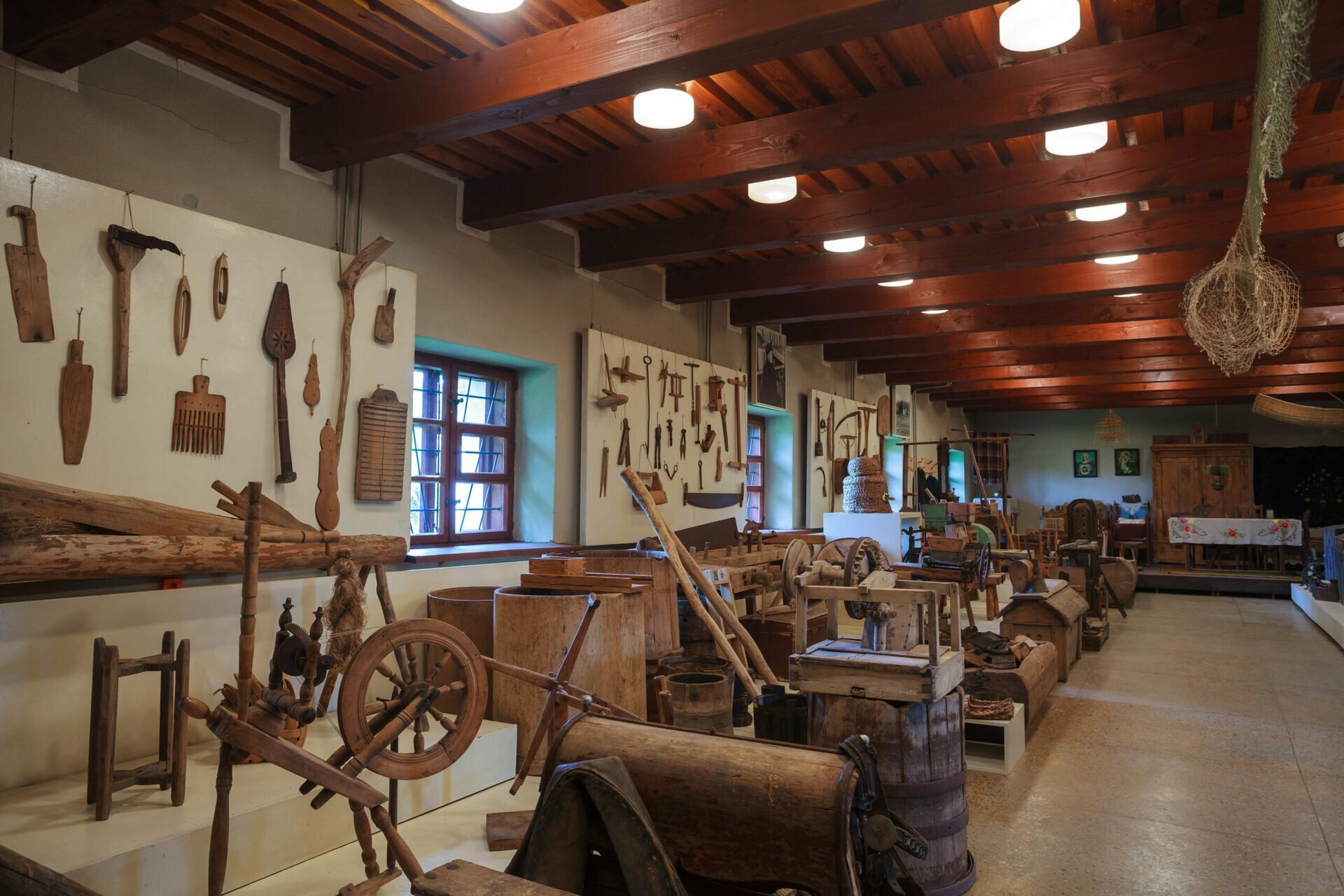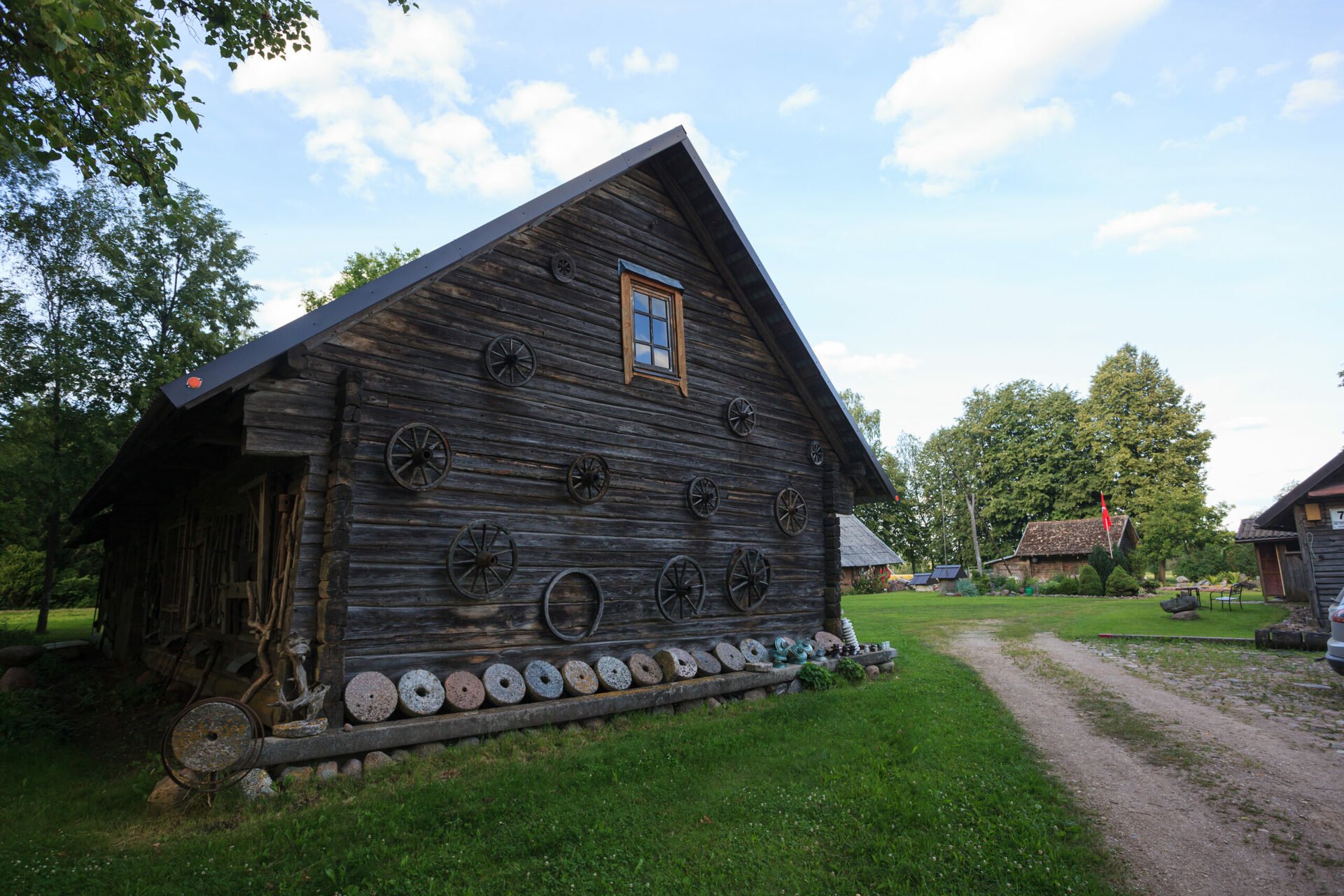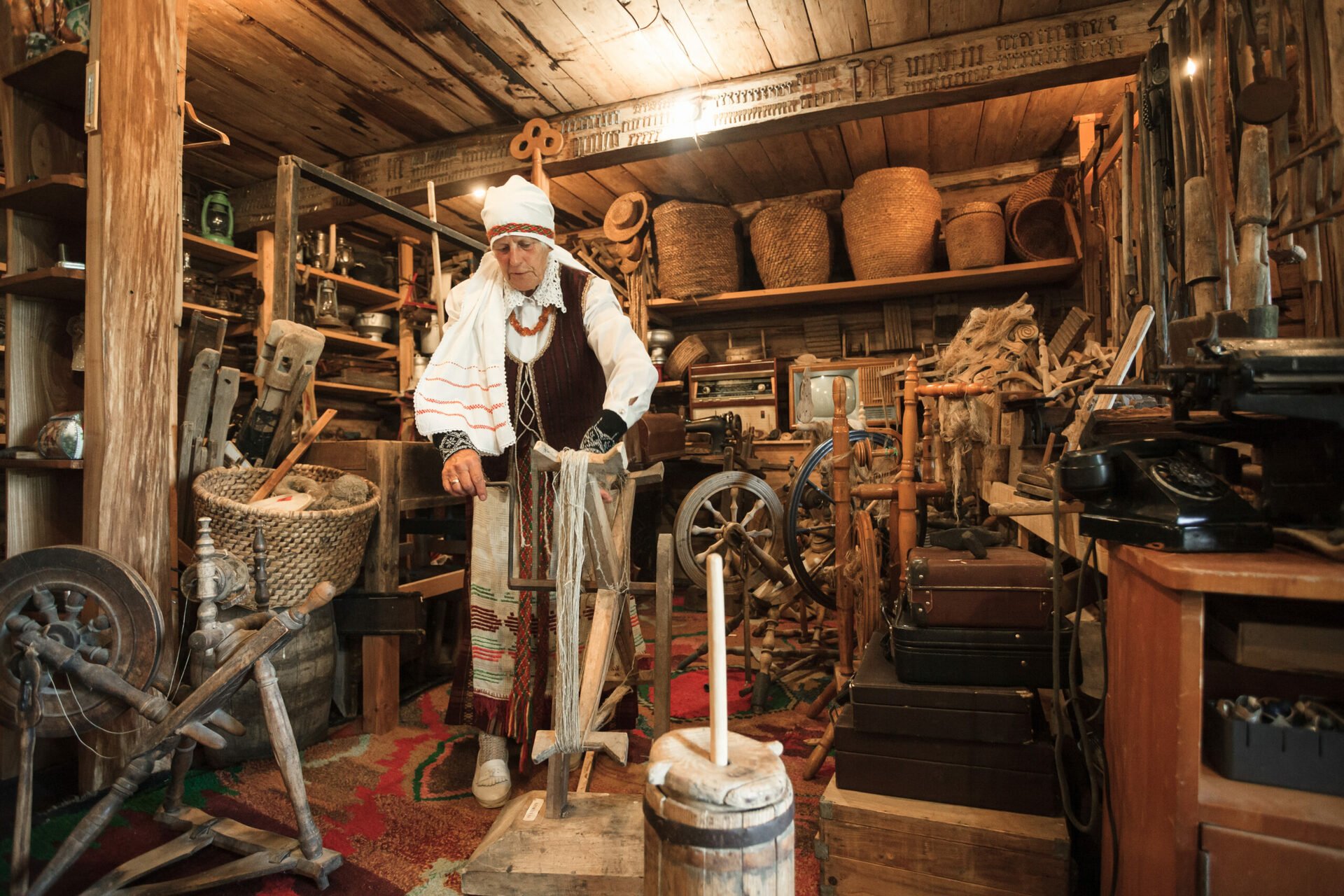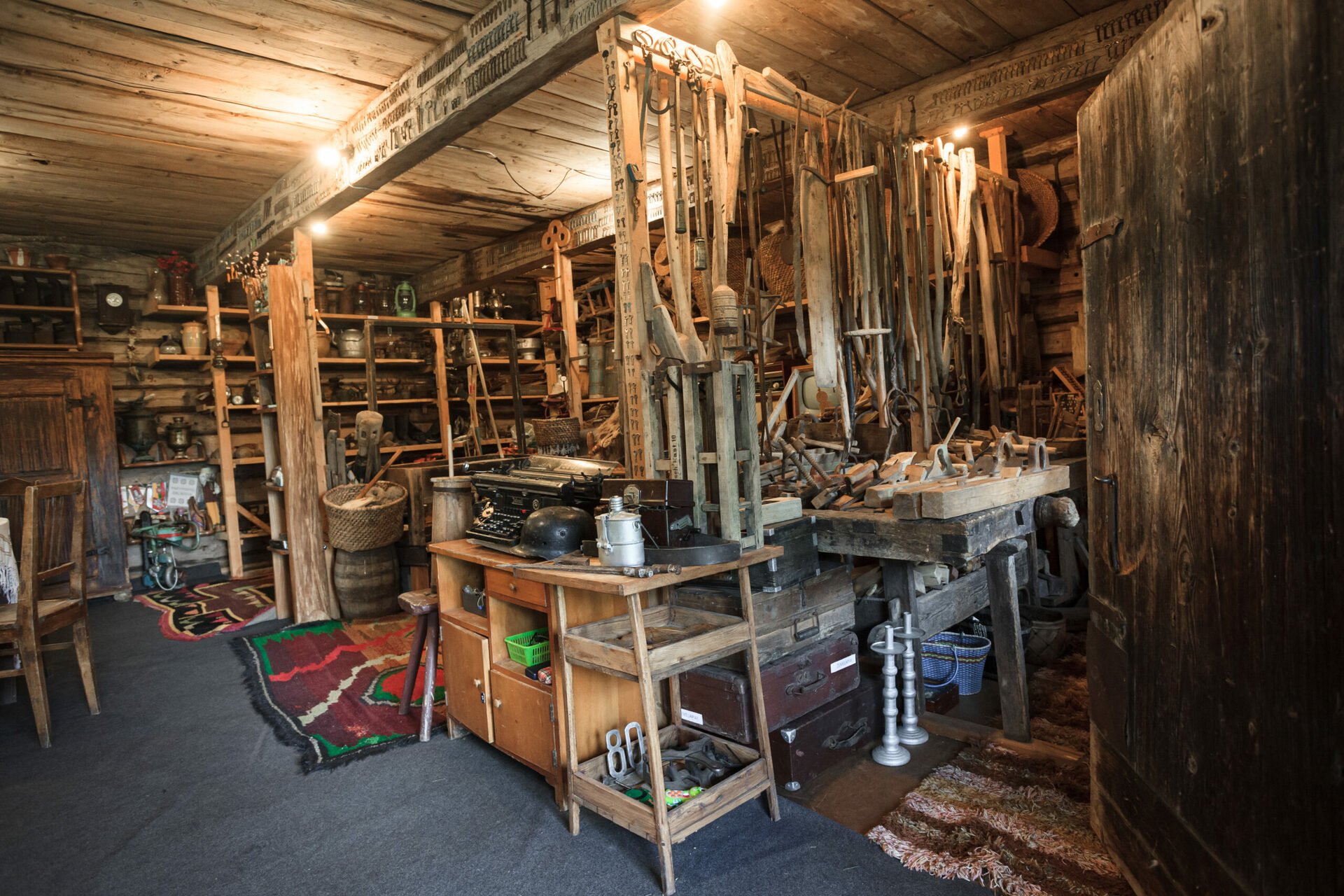Vilnius District is a destination that can take you to the heart of tradition, history as well as give you a unique experiences of exploring intangible culture heritage. The traditions and religions of various nations have intertwined in this district since ancient times. It expresses the customs of the Polish, Lithuanian, Belarusian, Ukrainian, Tartar and Jewish communities, and hosts a great number of interesting traditions: traditional oral, musical culture and folk art masterpieces.
This route provides an excellent chance to explore the intangible culture, many traditions deeply attached to pagan customs and get to know the specificity of Vilnius District during the workshops, presentations and demonstrations of the technologies used in the past.
Medininkai Castle
Festive intangible culture heritage educational classes for children and adults take place in one of the best-preserved castles in Lithuania. Children can take part in the class about Ancient Pagan Religion, which talks about the hierarchy and diversity of ancient gods, dukes and the role of ancient priests and priestesses of that time. A different class reveals the aspects of the medieval city’s architecture, various clothing peculiarities and specific societal life that existed here hundreds of years ago.
Older schoolchildren can learn more about the history of money in the world and in Lithuania. One can learn a lot at Medininkai Castle not only theoretically, but also use the tools hands-on.
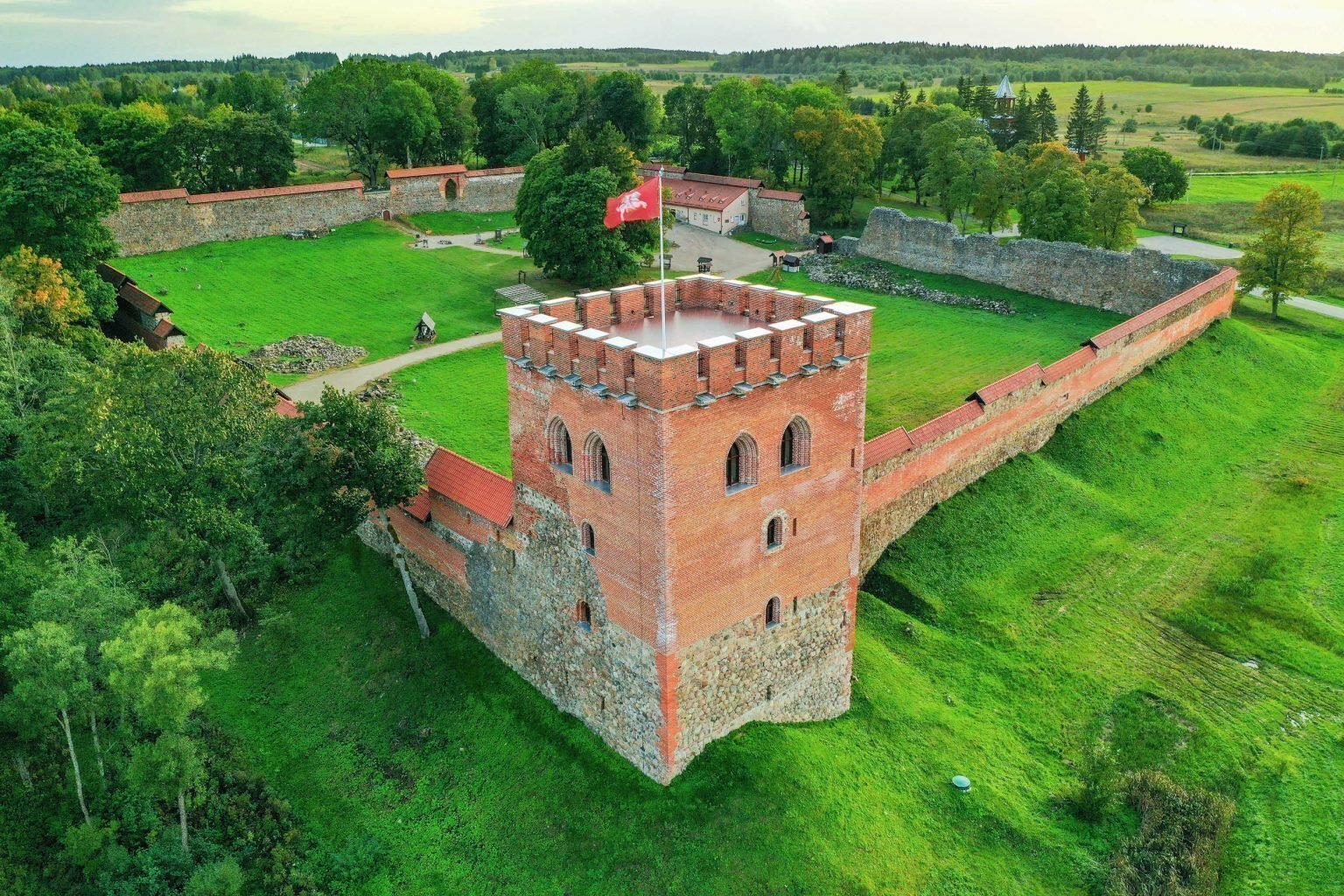
(2 Šv. Kazimiero Street, Medininkai Village, Vilnius District, Lithuania, www.trakaimuziejus.lt , +370 69660246)
Neris Regional Park
It is the most heavily wooded of Lithuania’s regional parks, it includes one of the largest and oldest surviving stands of oak trees in the country. This place is a gate for everyone who would like to know more about pagan culture, natural and cultural values located on both banks of the river Neris. After all, this park has been established in the most beautiful segment of the Neris valley, which has been populated for more than 10 000 years. Visit the walking trails in the oak forest of Dūkštos: choose the mythological path, which will show you the deities of the ancient Balts. Ancestors believed that the Perkūnas god of thunder lived in an oak tree, so pagans adored a trees as a sacred beings. Take a walk along the river Neris and see the burial mouds at Karmazina, that are witnesses of the distant past and our forefathers’ epoch. The mounds could have been built in the 6–8th centuries. The park offers 9 different waking paths, interesting excursions where visitors will hear interesting facts about the life of balts, listen to the frog choir or have the opportunity to track the animals according to their footprints.
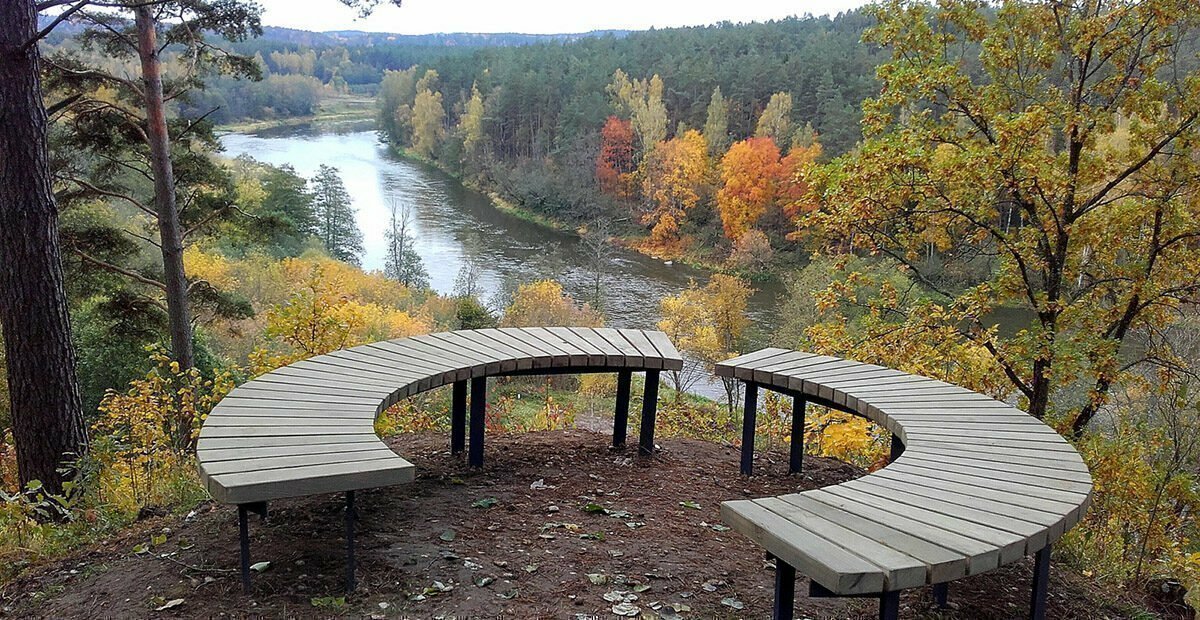
(3 Vilniaus Street, Dūkštos, Vilnius District, Lithuania, www.neriesparkas.lt,
+370 5 259 9242)
Nemėžis Tatar Community
Everybody knows about “čeburekai”, “Šimtalapis” cake, “šurpa” soup, dumplings, “plovas” and “balandėliai”. All of these are traditional Tatar dishes. These foods had a severe impact on forming the Lithuanian culinary heritage. Dried meat, which some may think traditionally have Lithuanian roots, also came from the Tatars. Also – chalva – so loved by Lithuanians, was of course brought by Tatars. Nemėžis Tatar community offers a unique opportunity to discover their culture, cuisine and traditions – visitors can try a meals, visit Mosque and cemetery, hear and see a lot of interesting facts straight from the real Tatar.
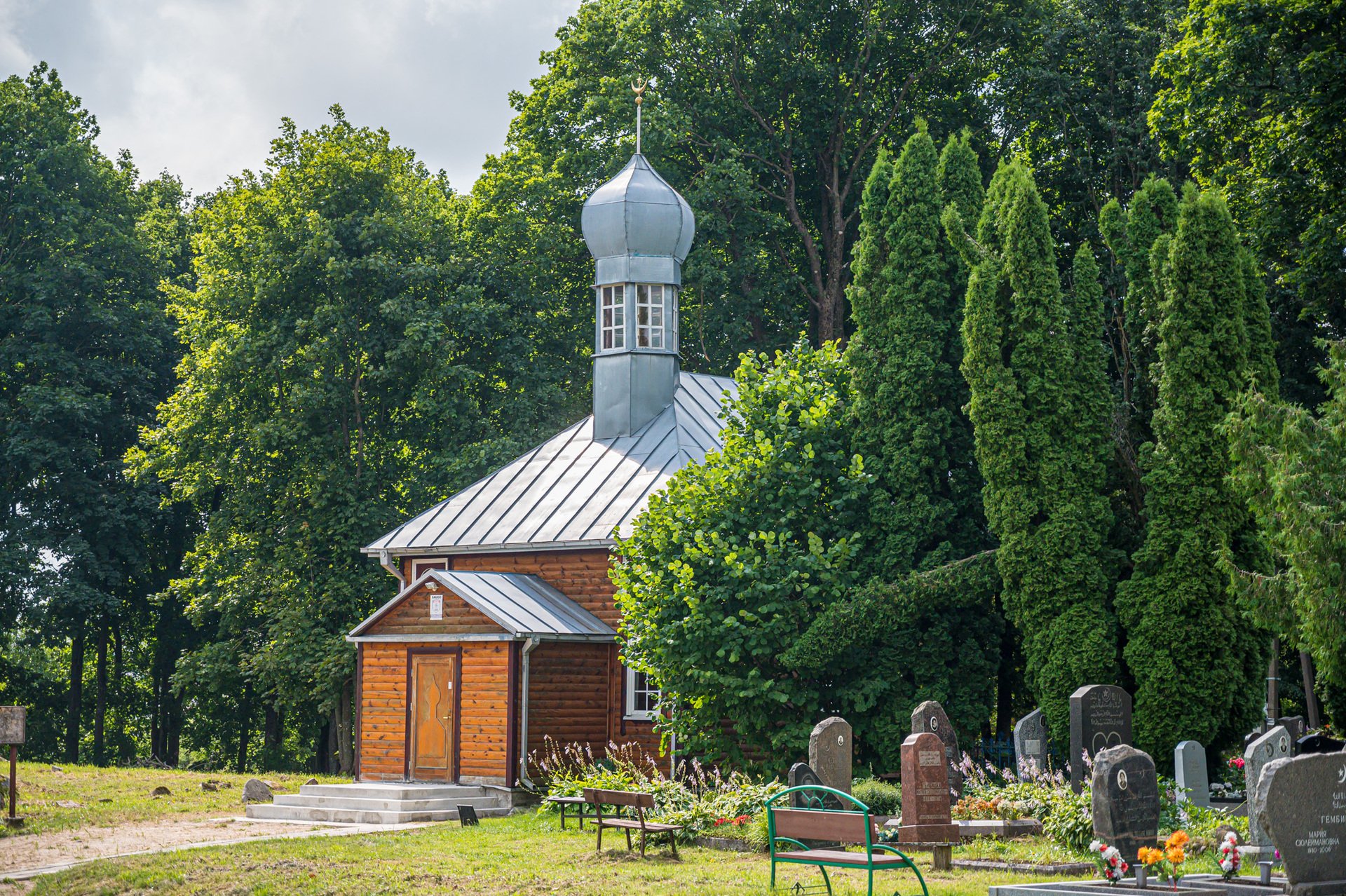
(4 Totorių Street, Nemėžis Village,Vilnius District, Lithuania, www.nemeztatarcom.webs.com , +370 68695210)
Liubavas manor and the mill
Liubavas Manor Watermill Museum was built on the Žalesa River in the 16thcentury and has been rebuilt several times since.
It is a unique object of technical, historical and intangible cultural heritage that illustrates technological aspects of the mill’s centuries-long operations. In order to facilitate this, the mill’s technical equipment was carefully renovated. Even the smallest authentic details and old materials were successfully preserved. One year after its restoration, the Europa Nostra organization declared the museum a prime example in the conservation of European cultural heritage.
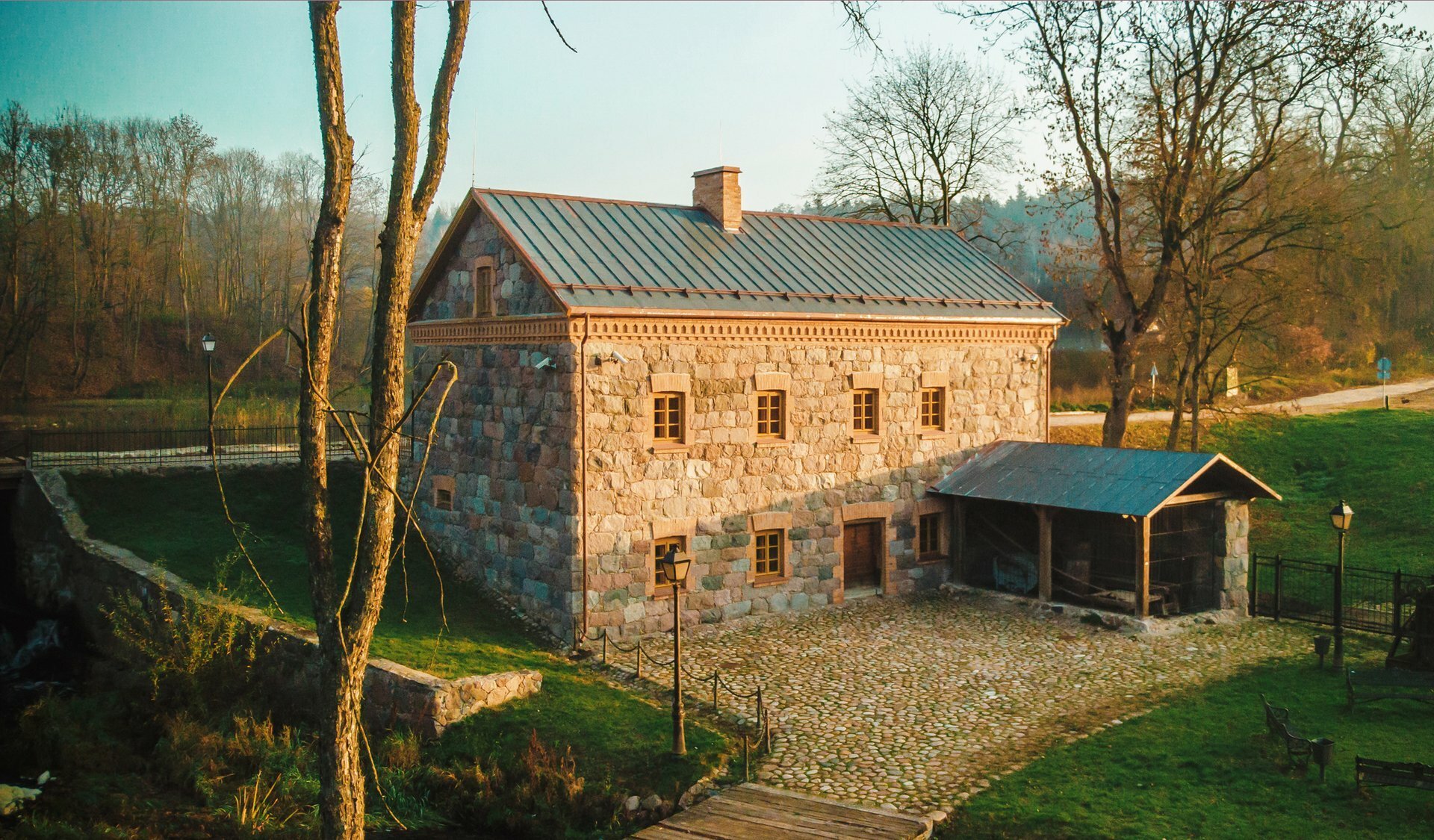
Liubavas Manor is one of the oldest in Lithuania. Besides the mill there is a possibility to visit the exhibition dedicated to 12 families who lived in Liubavas until World War II, take a walk around the manor’s park, get rest listening to water sounds to calm your mind.
(Liubavas Village,Vilnius District, Lithuania, www.liubavas.lt , +370 52377077)
Vilnius Area Ethnography Museum in Nemenčinė
The ethnographic museum introduces visitors to the intangible culture heritage of many cultures. Nearly 1,000 exhibits tell the story about Lithuanian, Russian, Polish, Belorussian and other national traditions.
The museum’s permanent exposition, is comprised of numerous ancient household utensils brought in by people living in Vilnius region: pitchers, bowls, fabric and so on. It is also full of traditional clothing, sabots, furniture, books, as well as documents and art works. There are many tools used by craftsmen and farmers among its exhibits. In addition to expositions, concerts, and conferences, the museum gives locals and village guests the opportunity to participate in educational workshops where you can learn palm weaving, curving, paper cutting, make a soap or have a ceramic workshop.
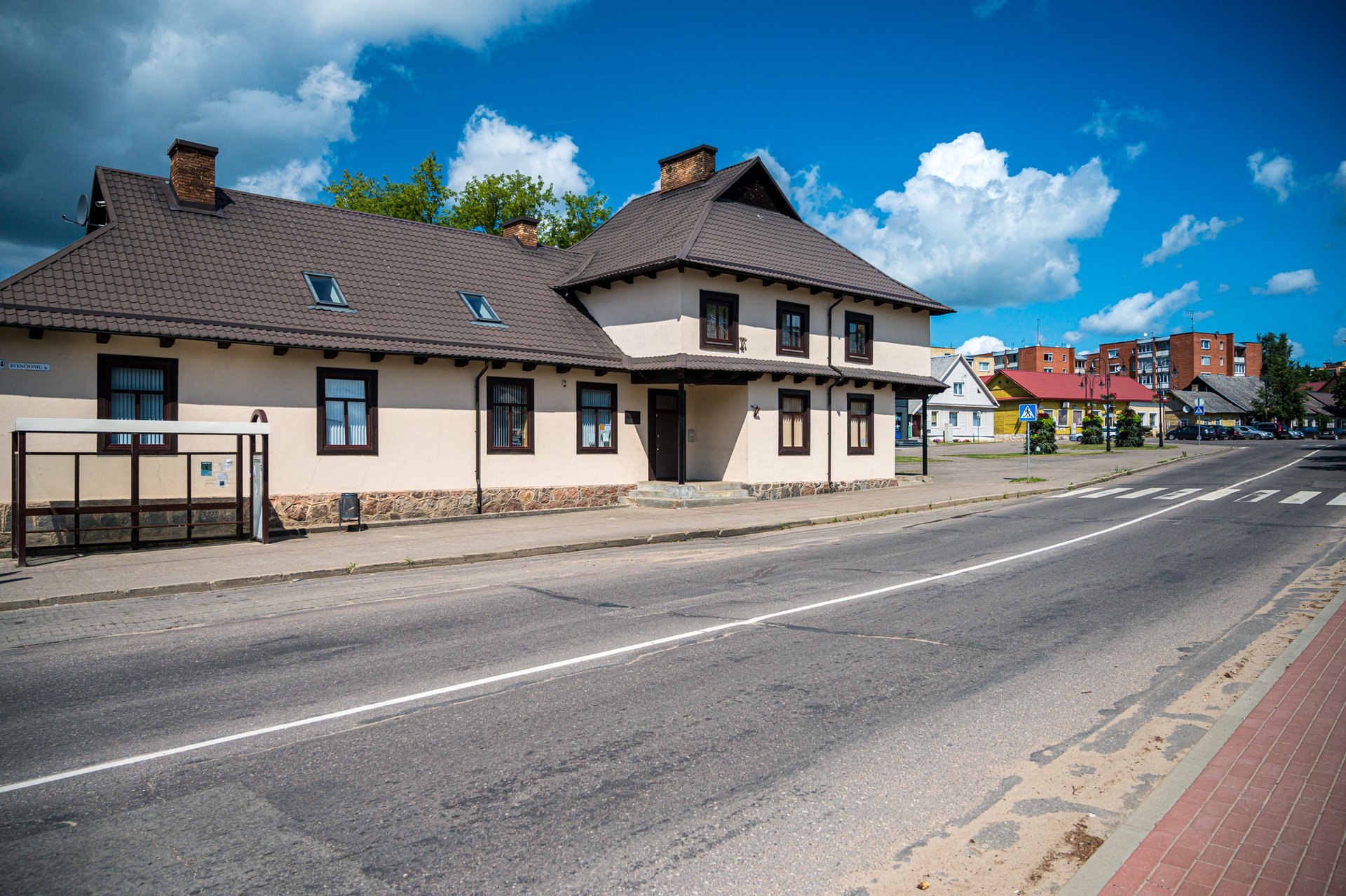
(14 Švenčionių Street, Nemenčinė, Vilnius District, Lithuania, www.vkem, +370 52377077)
Rokiškis belongs to the Lithuanian ethnographic region called Aukštaitija. The local dialects are still alive here; the customs, folklore, folk art, crafts and even own peculiarities of a local ethnographic character have been transferred from one generation to another. When travelling in Rokiškis District, visitors may get familiar with the riches of intangible culture heritage, see unique shutters on the streets of Rokiškis Town, and indulge in delicacies and drinks of Aukšaitija culinary heritage that are made according to old recipes and technologies and certified as National heritage products.
Wine-maker’s Rural Tourism Homestead “Roksala”
The family of Raimundas Nagelė has old traditions of home-made wine making. The fifth generation is already making wine from berries and fruits. Nine Lithuanian home-made wines produced in this homestead are included on the list of Lithuanian national heritage. The visitors will have an opportunity to see the northernmost Lithuanian vineyard and learn the subtleties of wine-making. While tasting the wine in this family-owned vineyard, the wine-maker himself will tell the story of wine history, production and modern tendencies.
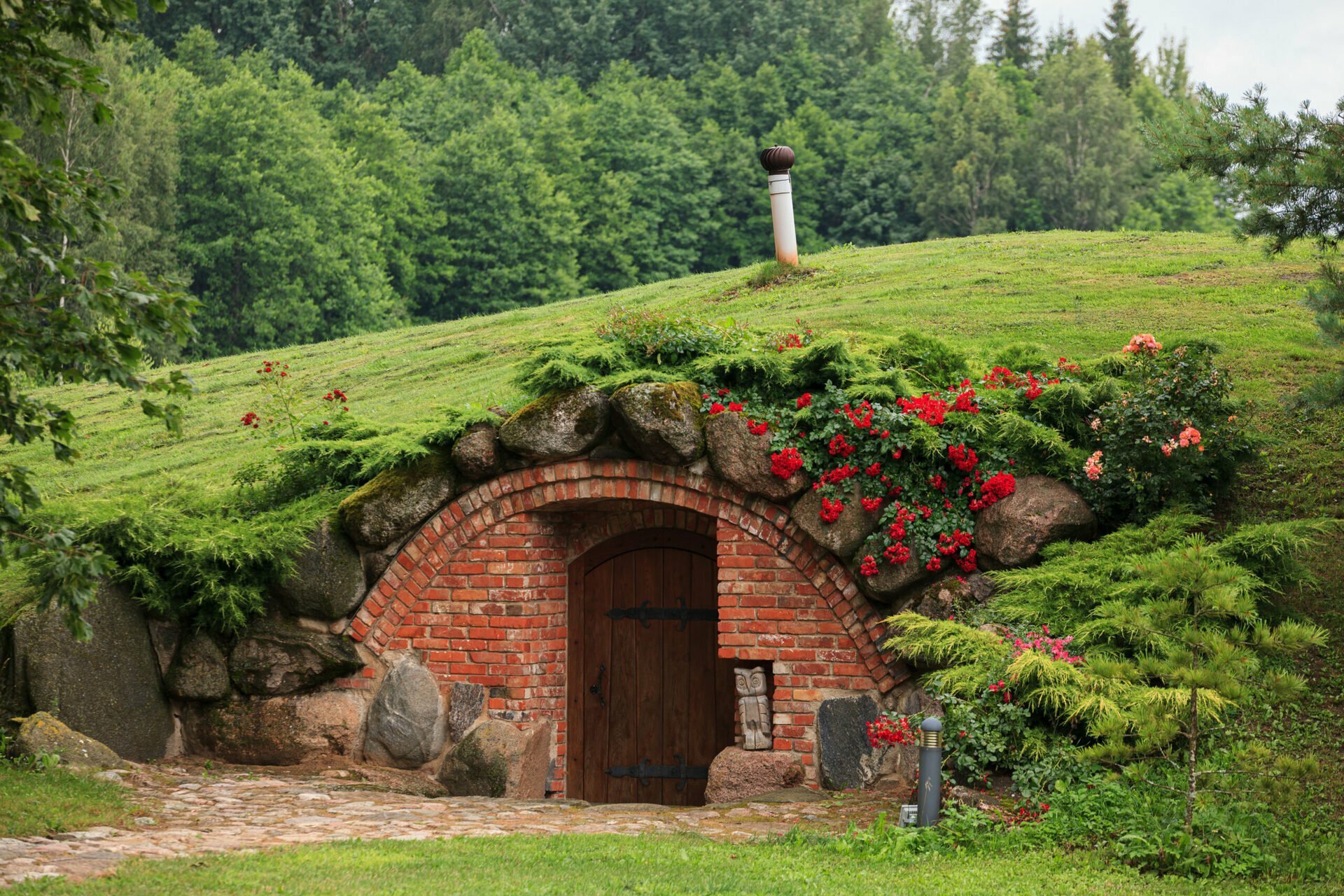
(8 Taručiai Village, Pandėlys Eldership, Rokiškis District, Lithuania, www.roksala.lt,
+370 62661510)
Juodupė Home of boletus and šakotis
Two educational programmes are organised here – baking of šakotis and boletus. These sweet baked goods have been traditionally placed on the table during family celebrations in the regions of Rokiškis and Juodupė for almost one hundred years, and thus both products are certified as Lithuanian national heritage. Visitors will learn about the products of culinary heritage and their baking process: will hear the history of the tree cake and see the birth of the traditional Lithuanian tree cake in the stove heated by firewood during the tree-cake-baking educational activity. They will bake and taste the tree cake by themselves. Participants of the boletus educational activity can make small mushrooms from dough, bake and decorate them in the colours of their choice.
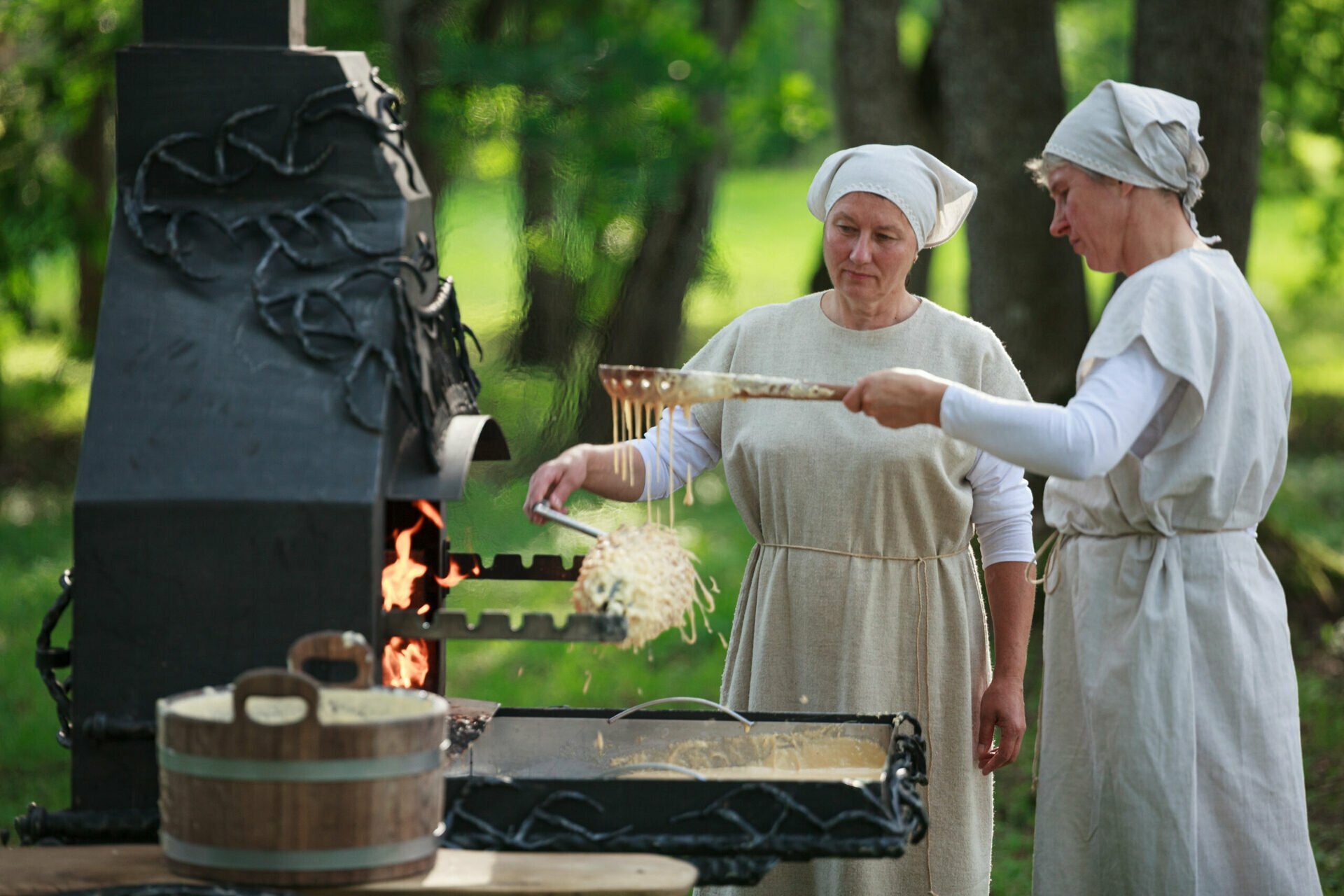
(2 Pergalės St, Juodupė, Rokiškis District, Lithuania, www.facebook.com/lsadauskiene ,
+370 65680373)
Streets of Painted Shutters
This “outdoor gallery” is open all year round. The artists have been decorating the town using the shutters since 2003 and have painted more than 250 shutters already. The shutters of houses in Independence Square, streets of Respublikos, Kauno and other streets of Rokiškis Town have been decorated. These long traditions of shutter painting bestow exclusive colours and distinctive spirit on the town and also encourage artistic selfexpression.
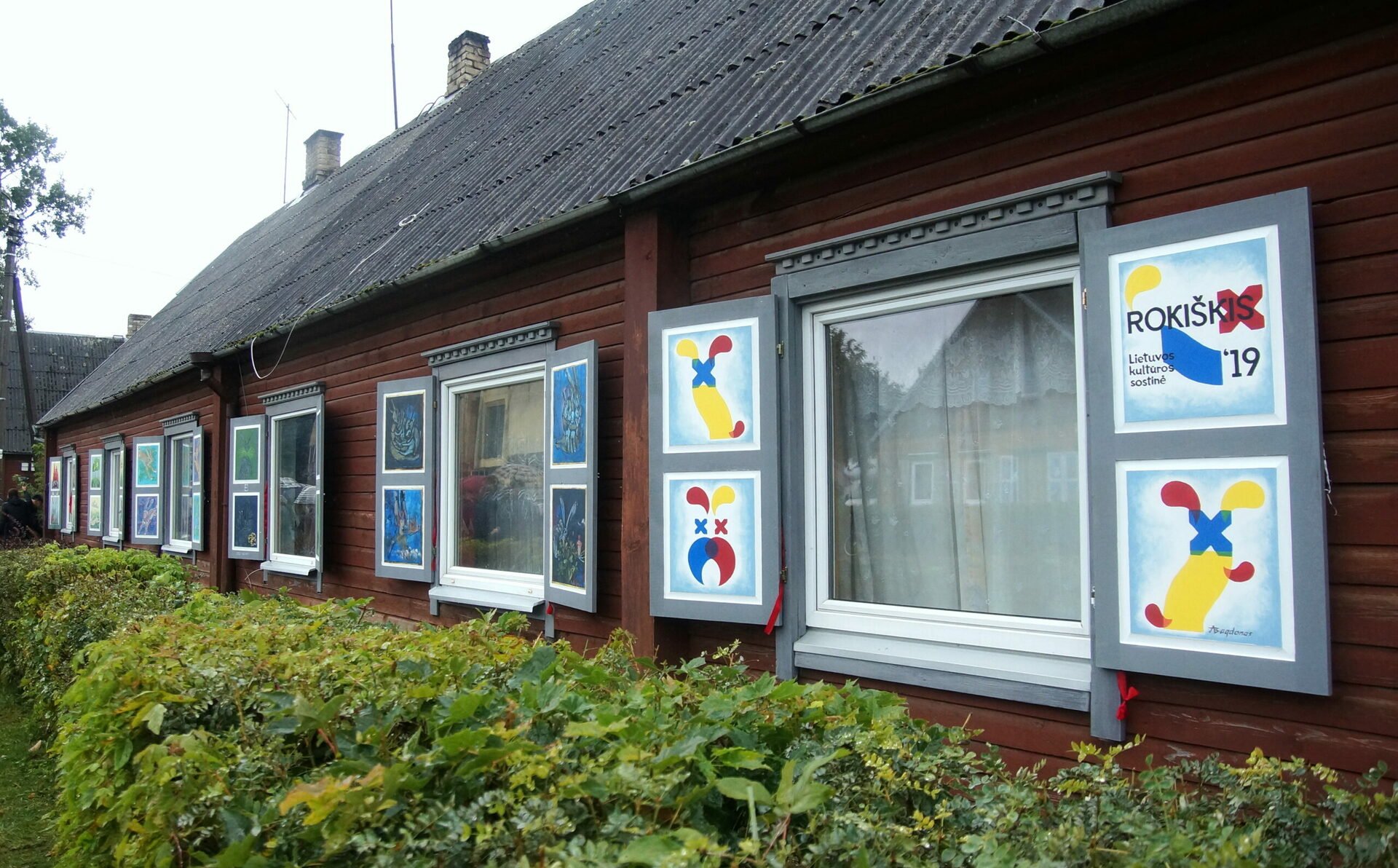
(Nepriklausomybės Sq., Respublikos St, Rokiškis, Lithuania, www.rokiskiotic.lt,
+370 45851044)
Kriaunos Museum
The topics of rural cultural heritage are predominant in Kriaunos Museum. Numerous work tools and works of various craftsmen (carpenters, blacksmiths, weavers, fishermen) are exhibited. The interesting and valuable works of rural inventors are shown: machines to grind linseed and to press linseed oil, pedalled bellows of the blacksmith, cabbage cutting machine, press for apple juice, and many others. The museum’s interior is that of the rural home of the beginning of the XX c. The educational programmes “History of a Handbag”, “Grey Bee”, “Wax Filly, Flaxen Tail” are organised.
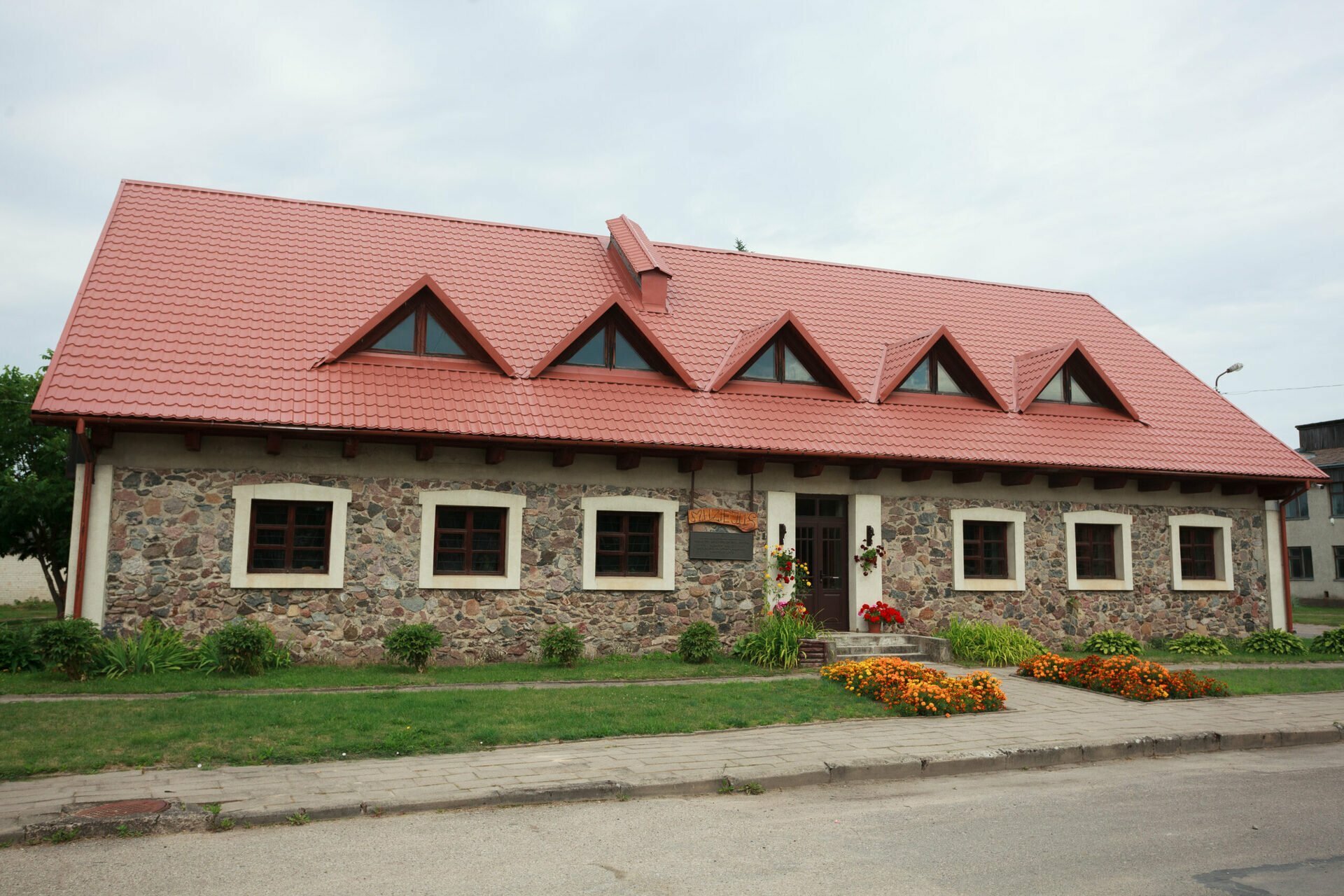
(12 Sartų St, Kriaunos, Rokiškis District, Lithuania, www.muziejusrokiskyje.lt,
+370 45841718)
Ethnographic Homestead-Museum of J. and A. Tunaitis
The museum is located in the old buildings of Tunaitis homestead in Šetekšniai Village. The unique domestic exhibits of the average farmer of the XIX-XX c., agricultural implements, carpenter tools, spinning and weaving tools and others are collected here. The exposition reflects the peculiarities of clothes, footwear, household, crafts, work tools, agricultural implements and many other areas characteristic to the largest Lithuanian ethnographic region called Aukštaitija that is distinguished by an abundance of dialects, traditions and customs.
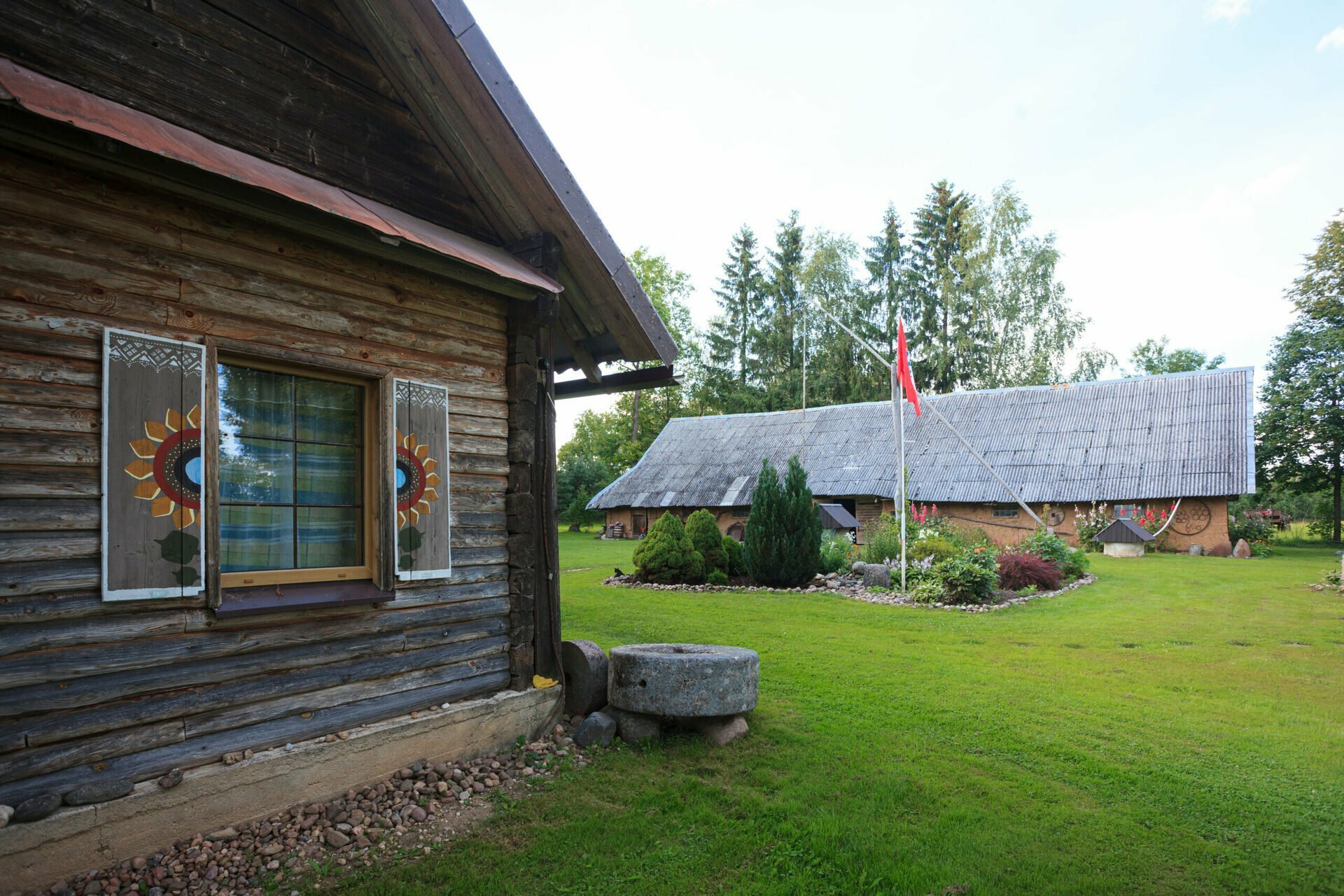
(Šetekšniai Village, Panemunėlis Eldership, Rokiškis District, Lithuania, www.rokiskiotic.lt,
+370 61639227)
The project “Rediscover the roots of regions” is being implemented under the European Neighbourhood Instrument Cross-border Cooperation Programme Latvia-Lithuania-Belarus 2014-2020. The objective of this project is to promote the preservation, availability and development of intangible culture and local history heritage. This project is funded by the European Union. Total project budget – EUR 1 031 590.97, with 90% (EUR 928 431.87) funded by the European Union.
This article was produced with the financial support of the European Union. Its contents are the sole responsibility of Vilnius District Municipality and do not necessarily reflect the views of the European.
